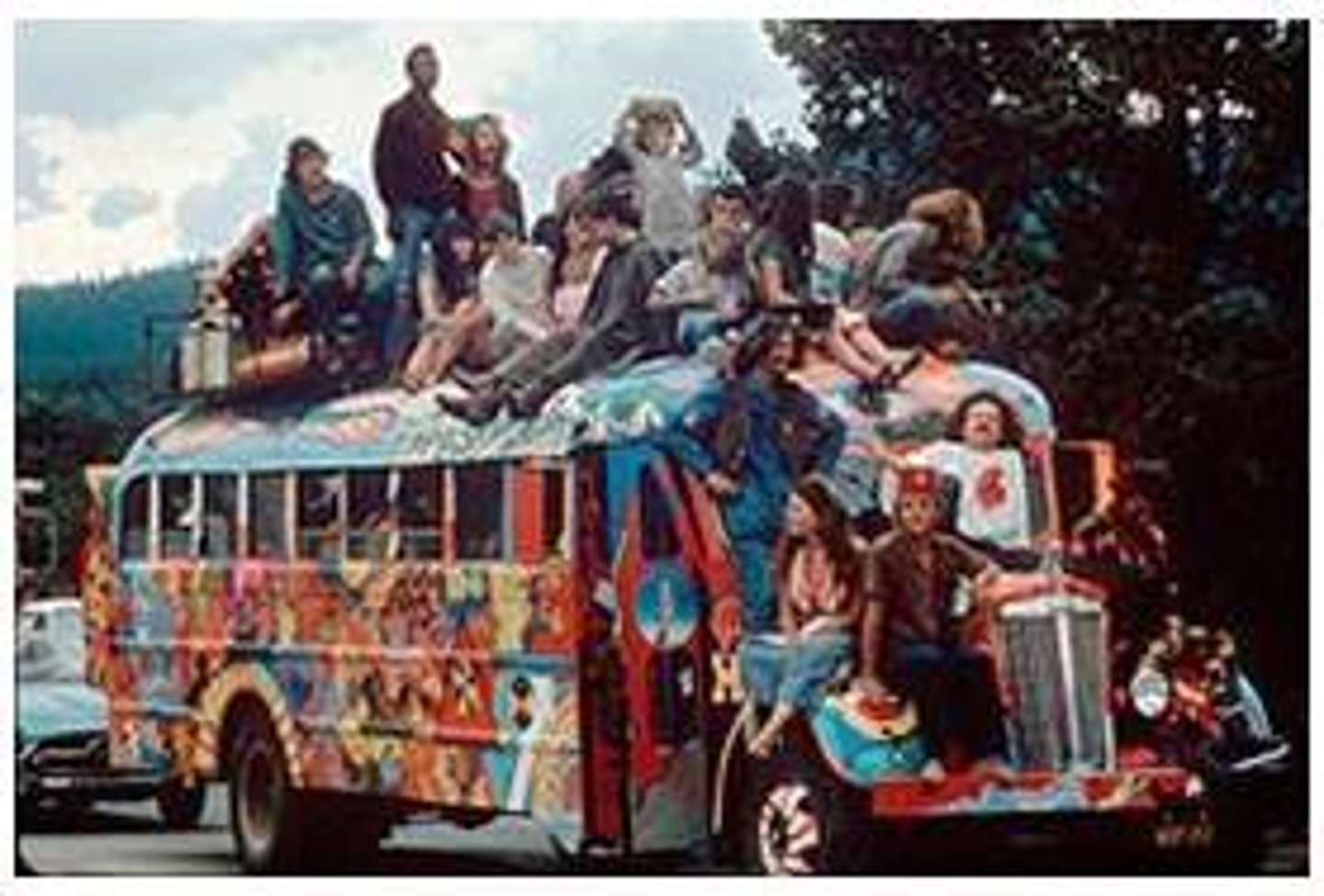Unit 9 - Civil Rights KBAT Terms
1/59
There's no tags or description
Looks like no tags are added yet.
Name | Mastery | Learn | Test | Matching | Spaced |
|---|
No study sessions yet.
60 Terms
Brown v. Board of Education of Topeka
1954 - The Supreme Court overruled Plessy v. Ferguson, and declared that racially segregated facilities are inherently unequal. It also ordered all public schools desegregated by race.
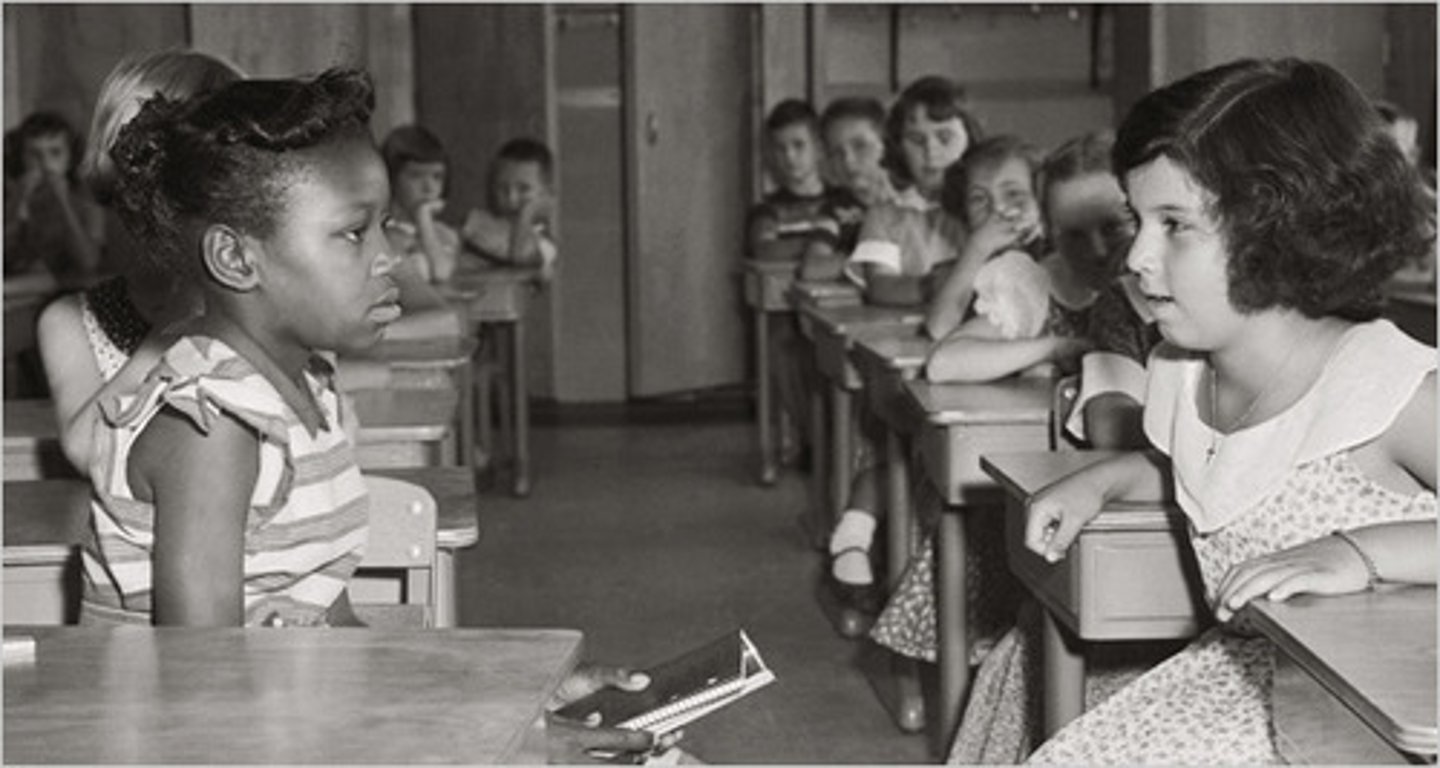
Civil Disobedience
A form of political participation that reflects a conscious decision to break a law believed to be immoral and to suffer the consequences.
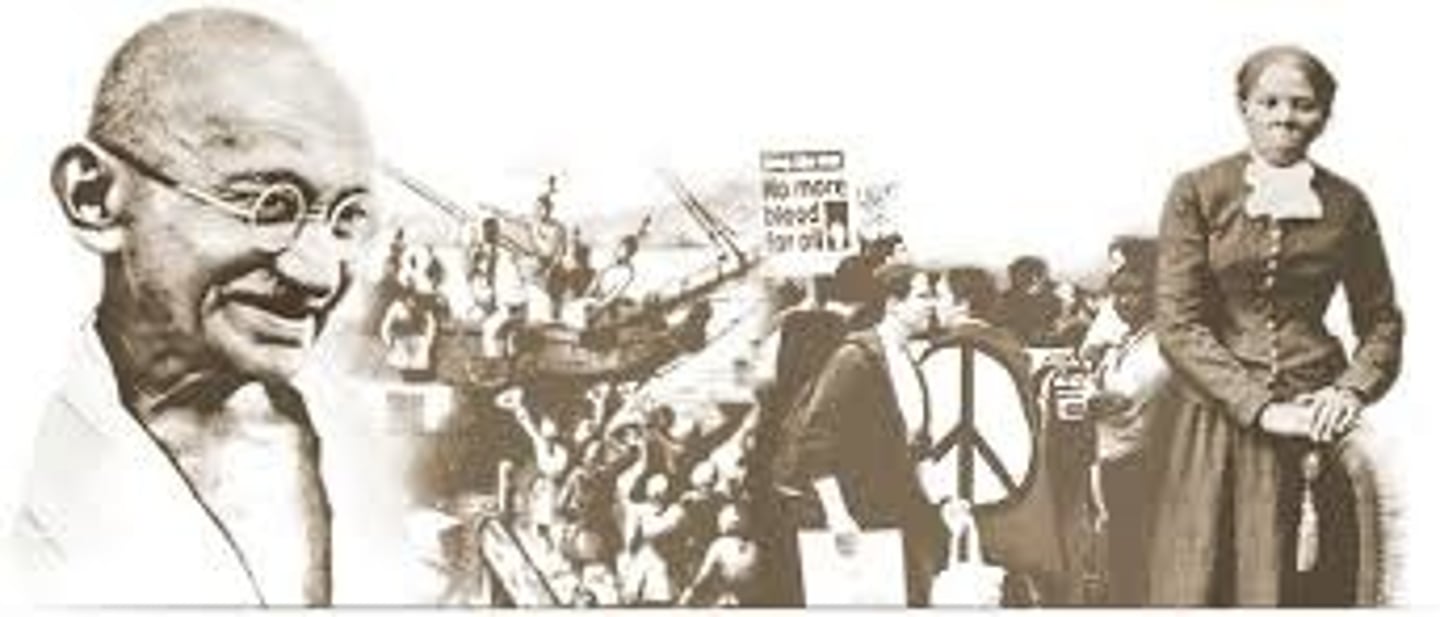
Montgomery Bus Boycott (1955)
In 1955, after Rosa Parks was arrested for refusing to give up her seat on a city bus, Dr. Martin L. King led a boycott of said bus system. After 11 months the Supreme Court ruled that segregation of public transportation was illegal.
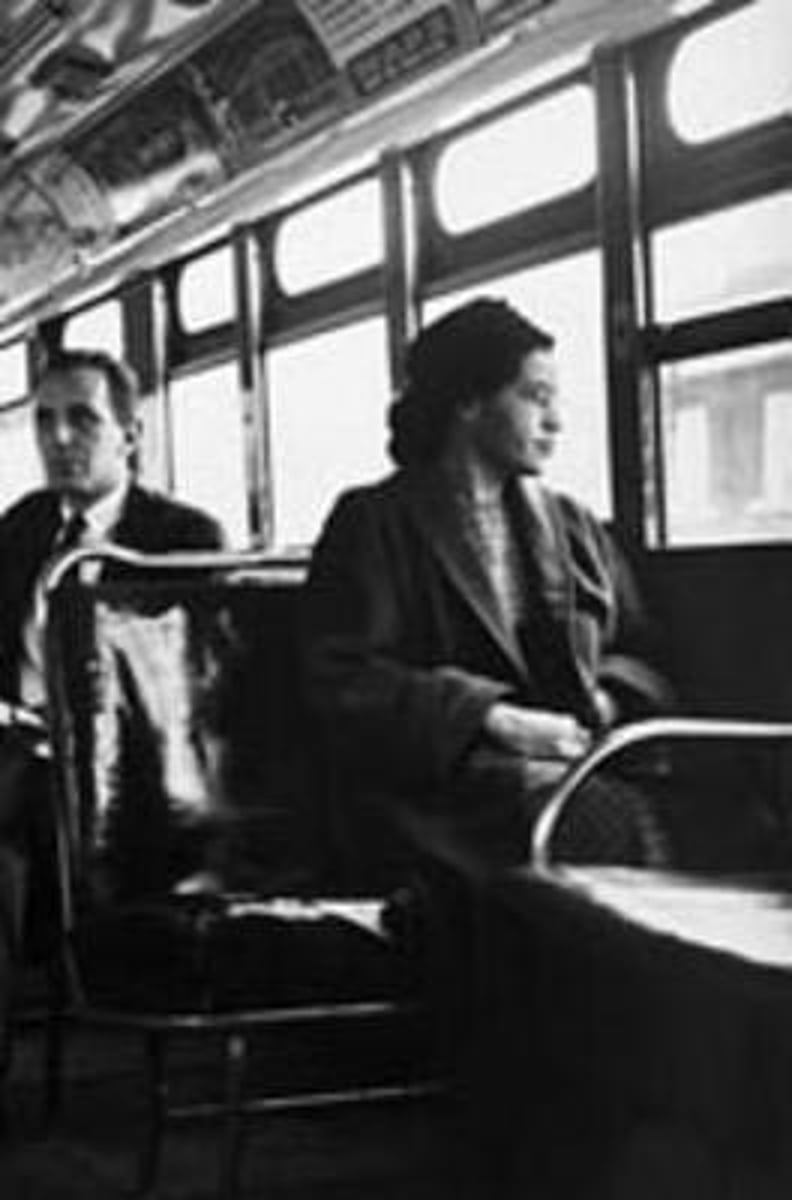
Little Rock Nine (1957)
Governor Faubus sent Arkansas National Guard troops to prevent nine African American students from entering Little Rock Central High School. Eisenhower sent in U.S. paratroopers to ensure the students could attend class.
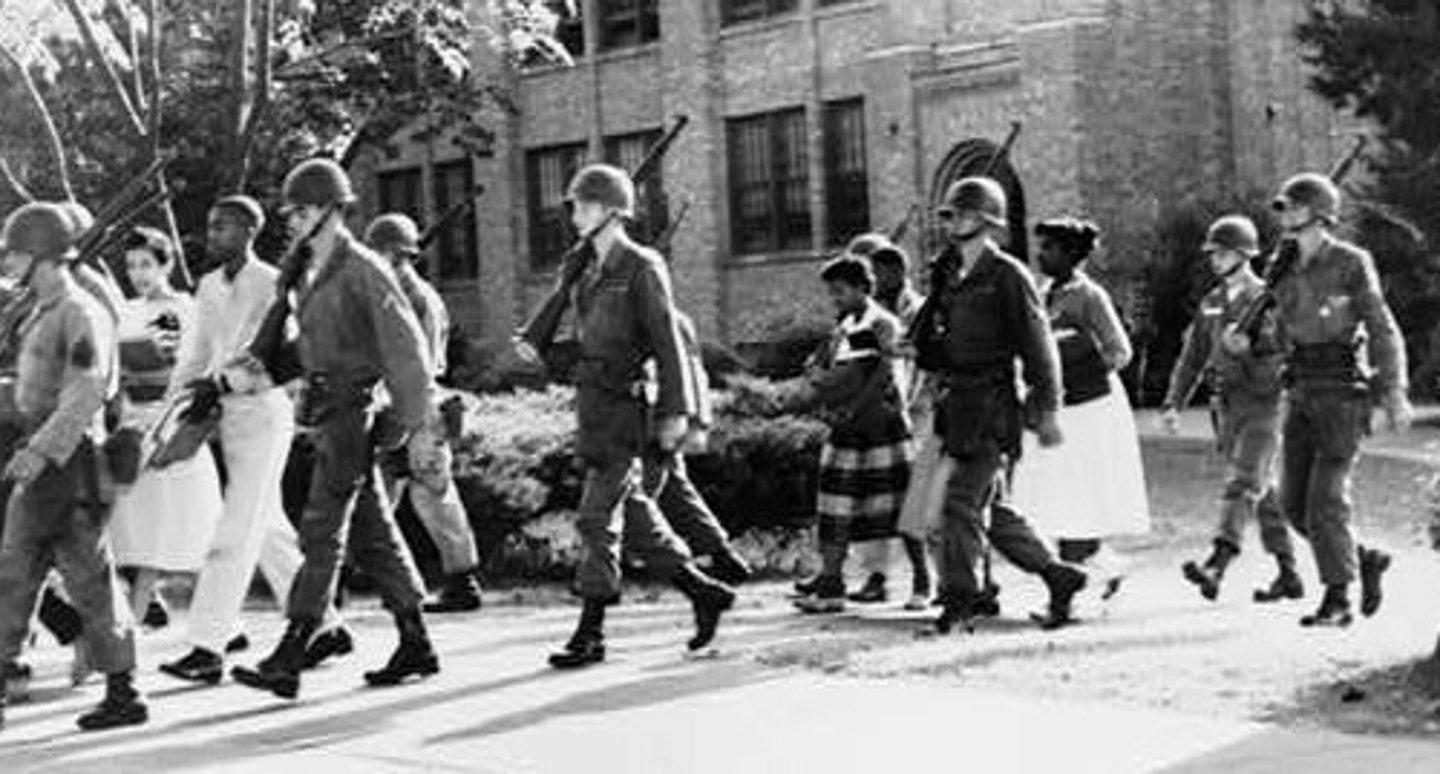
Sit-Ins (1960)
Greensboro, NC - 4 students defy segregation, sit at segregated lunch counters in a department store; by the 4th day, 300 protesters are arrested and beaten by white civilians and police; continued to spread to other cities after Greensboro.
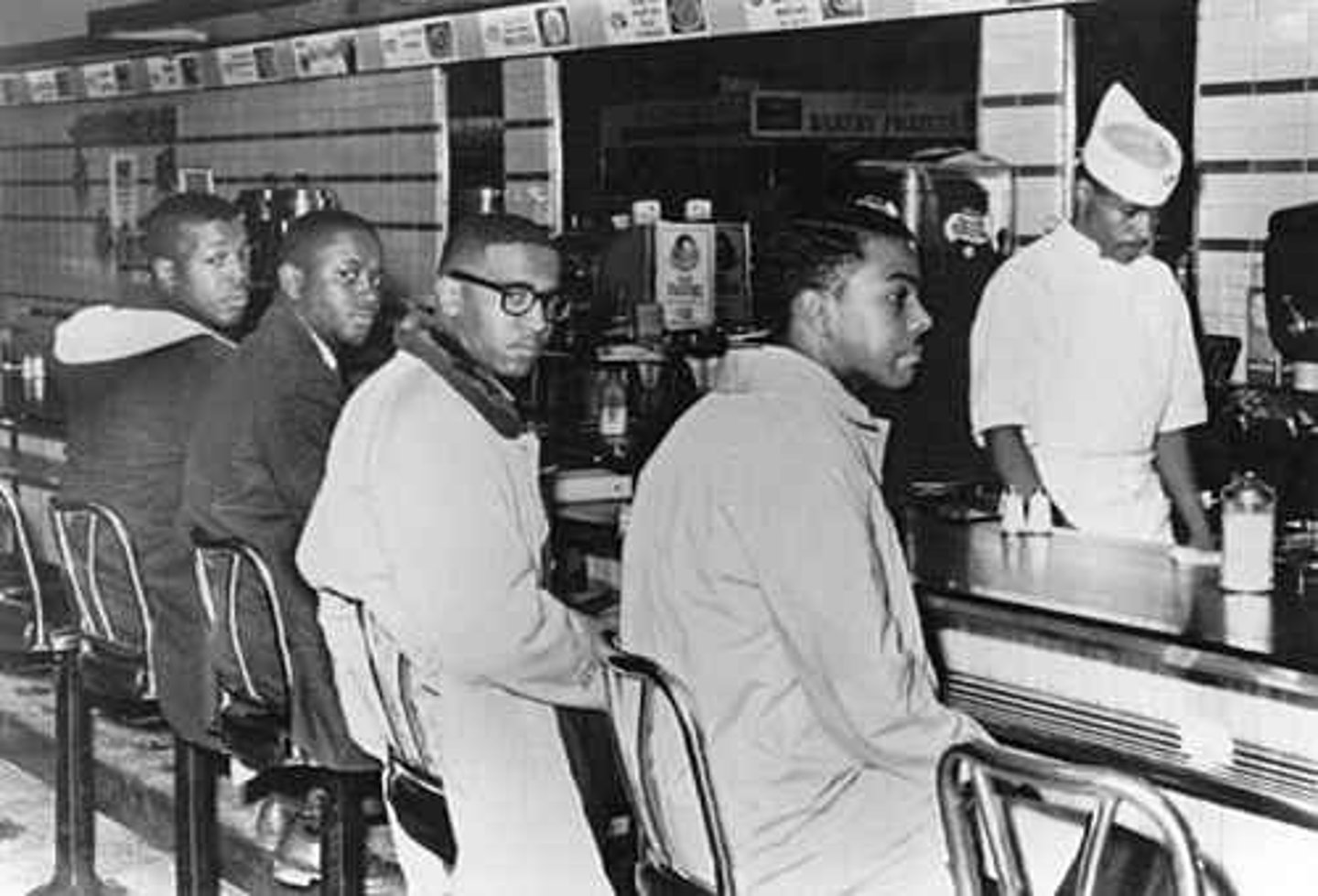
Freedom Rides/CORE
Congress of Racial Equality, organized resistance in civil rights movements, such as groups of people riding into segregated south on buses to challenge lack of enforcement for desegregation laws
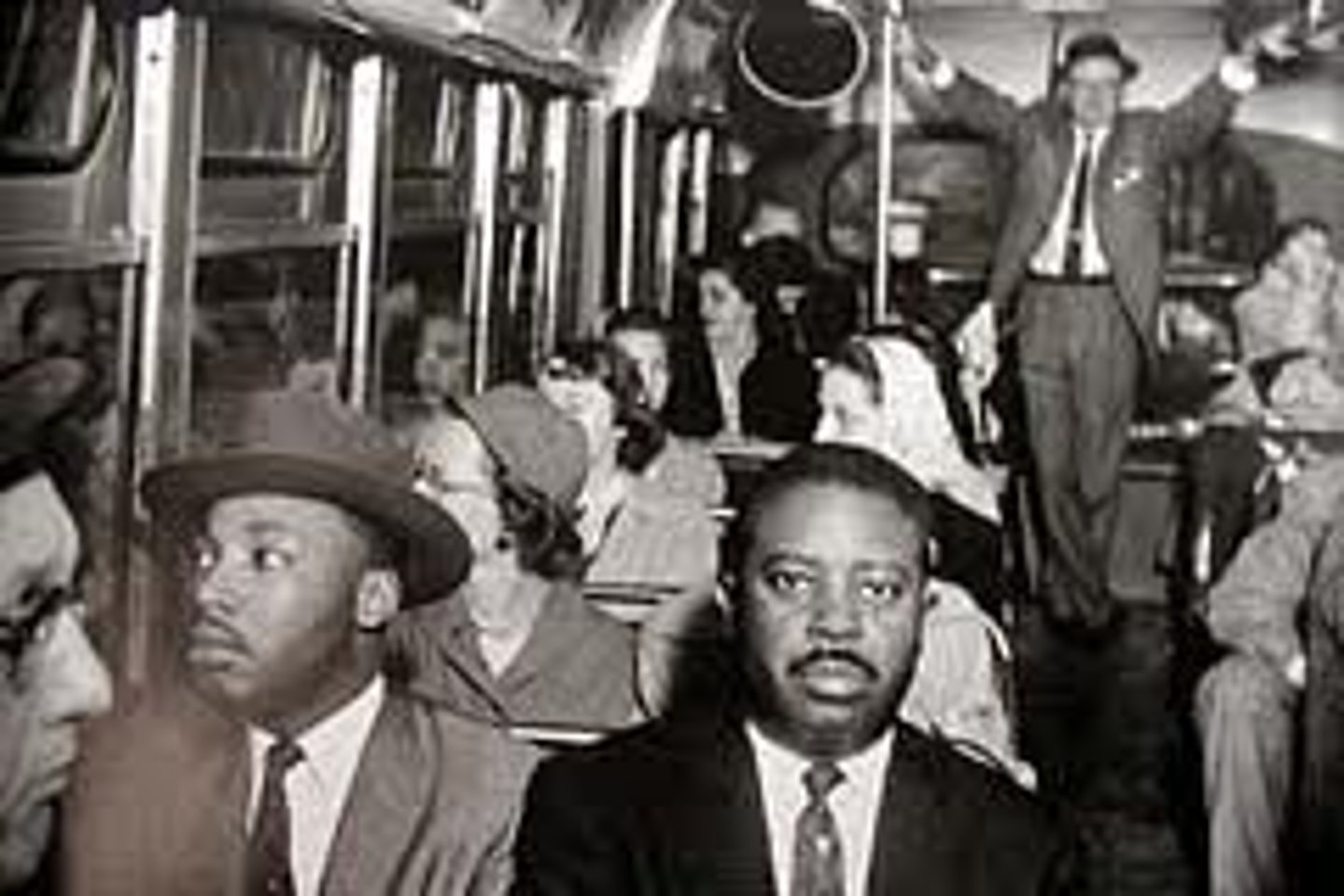
"Letter from a Birmingham Jail," 1963
A letter written by Martin Luther King Jr. after he had been arrested when he took part in a nonviolent march against segregation. He was disappointed more Christians didn't speak out against racism. Advocated nonviolence protest methods
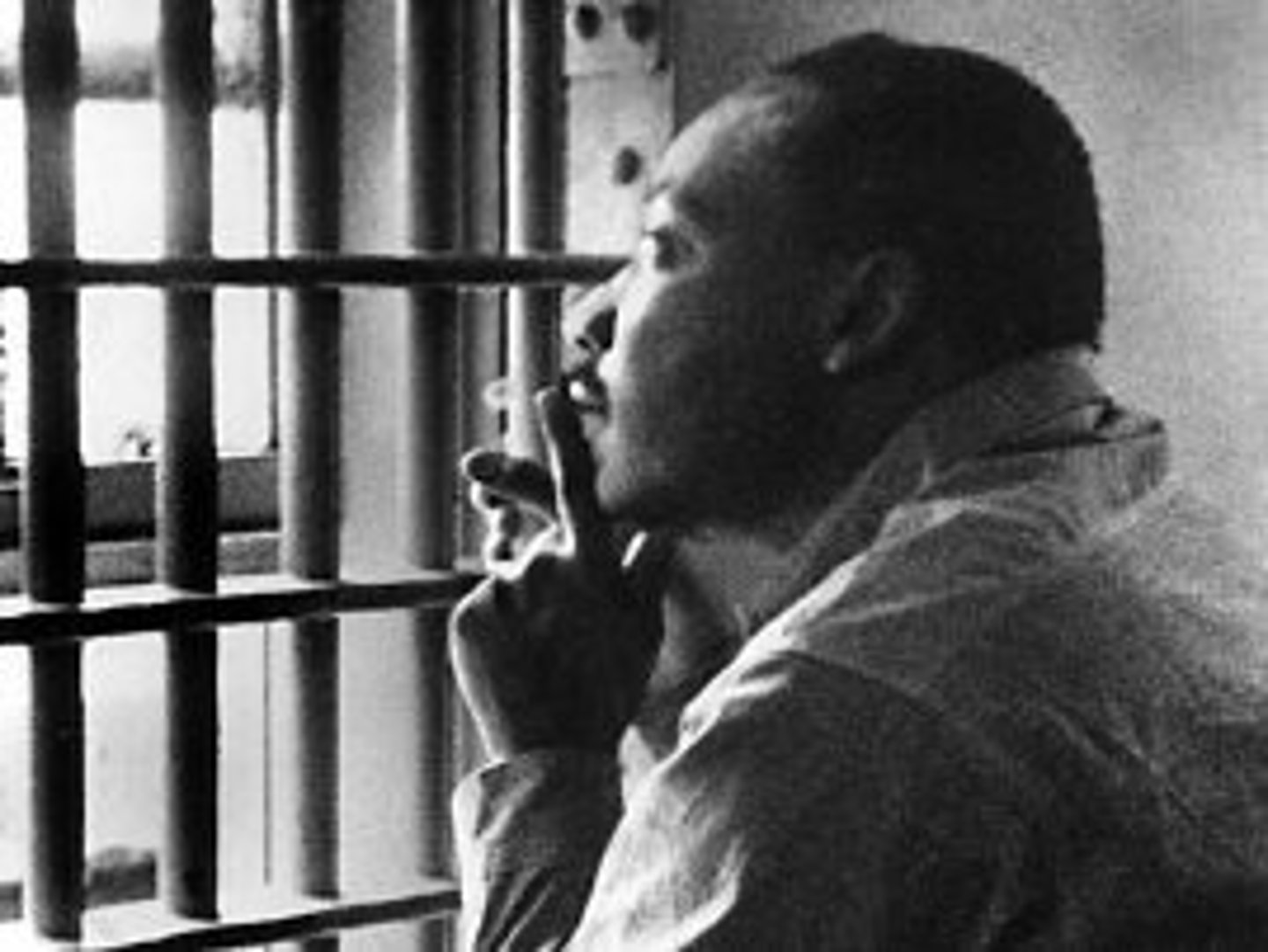
Birmingham Campaign (1963)
Organized in 1963 by the Southern Christian Leadership Conference (SCLC), and led by Martin Luther King Jr., and others, this was a major non-violent civil rights campaign that culminated in widely publicized confrontations between young black students and white civic authorities. When King had thousands of black schoolchildren march through town, the police chief, Eugene "Bull" Connor unleashed his forces against them. The images, broadcast on TV, of children being assaulted with nightsticks, high-pressure fire hoses, and attack dogs produced a wave of revulsion throughout the world and led to President Kennedy's endorsement of the movement's goals as well as the municipal government's overturning of the city's discrimination laws.
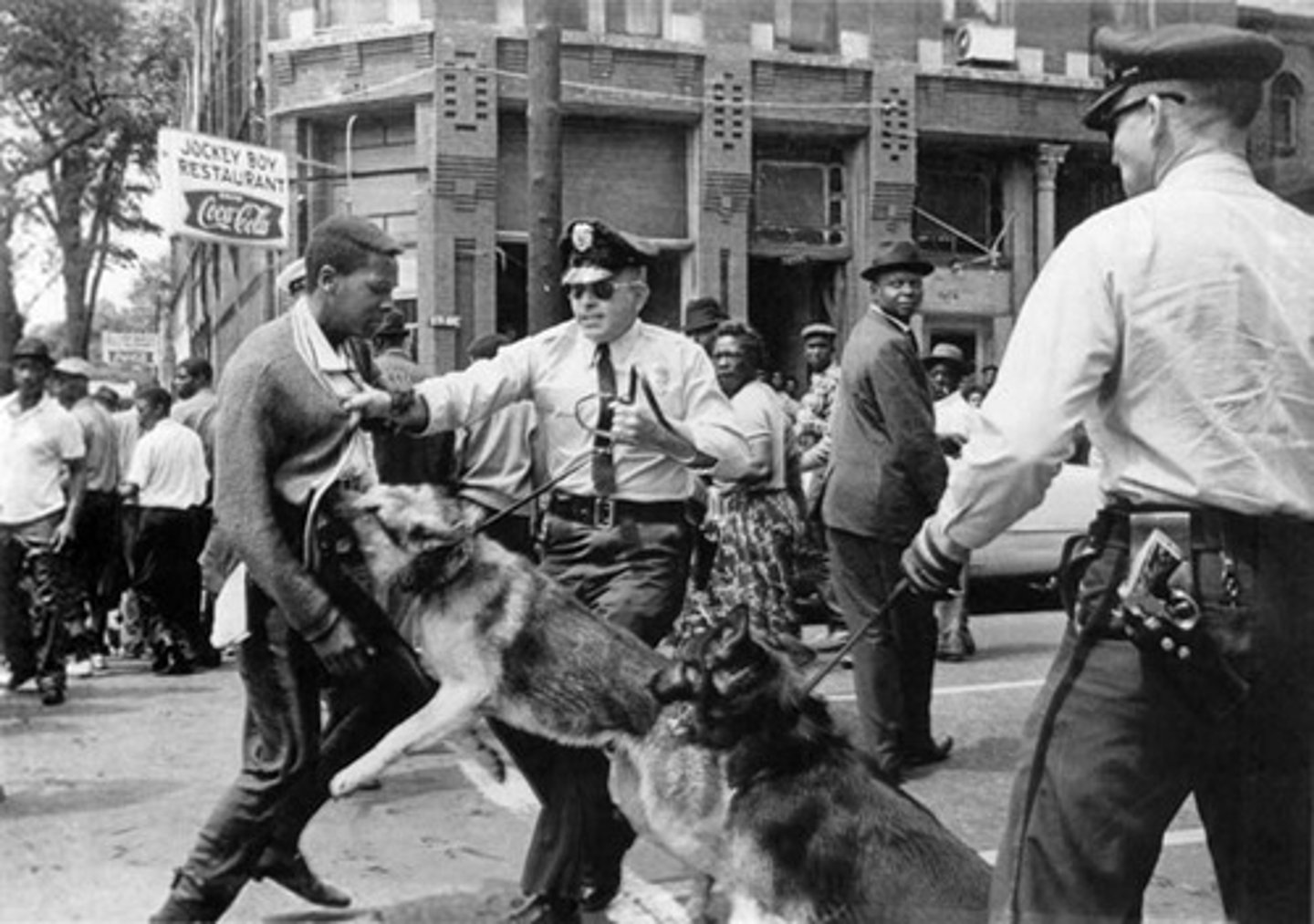
Children's March
Young people of Birmingham, Alabama, braved fire hoses and police dogs in 1963 in support of Dr. King's movement.
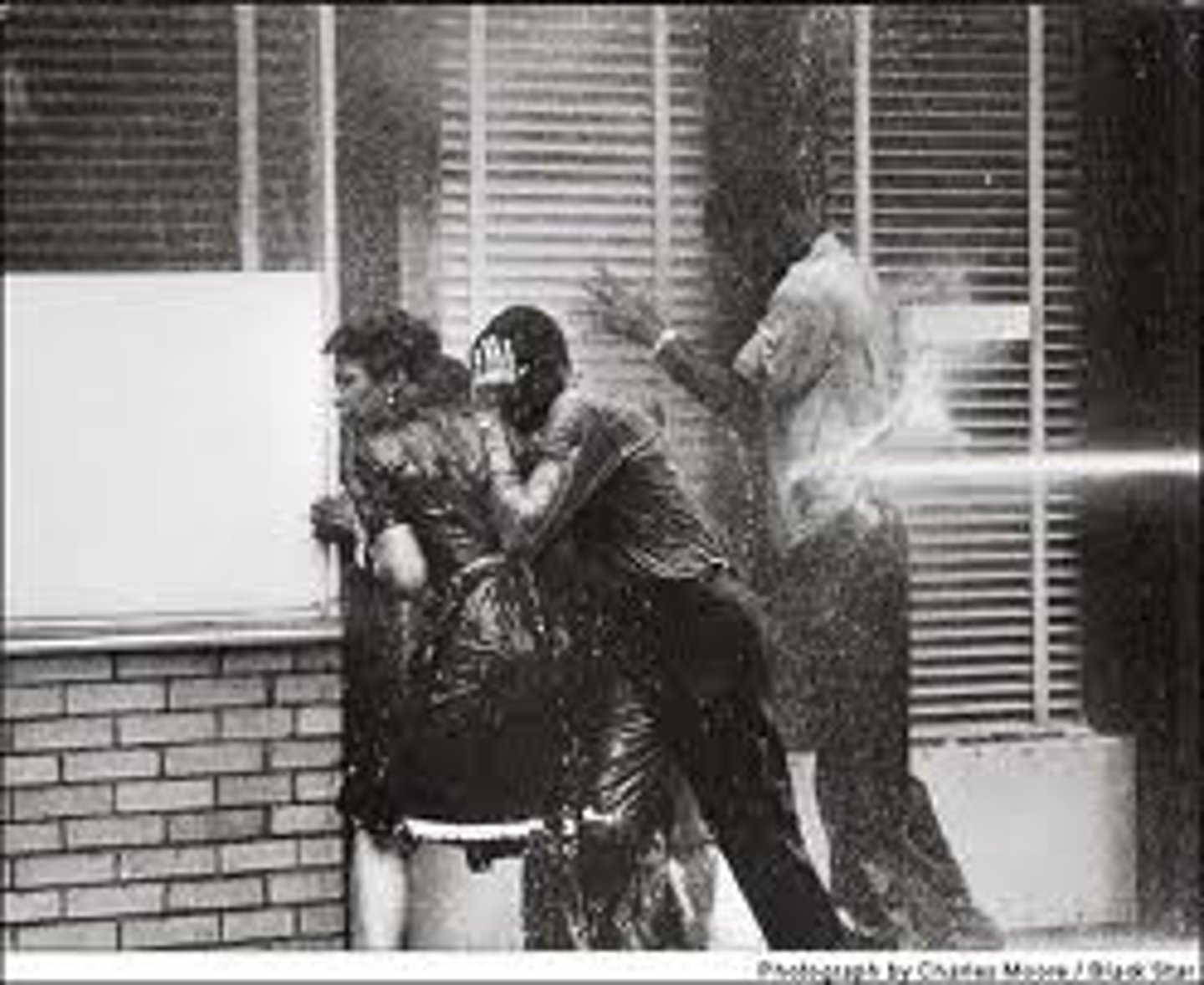
March on Washington (1963)
A large political rally that took place in Washington, D.C. on August 28, 1963. Martin Luther King, Jr. delivered his historic "I Have a Dream" speech advocating racial harmony at the Lincoln Memorial during the march. Widely credited as helping lead to the Civil Rights Act (1964) and the National Voting Rights Act (1965). 80% of the marchers were black. Organized by union leader A. Philip Randolph.
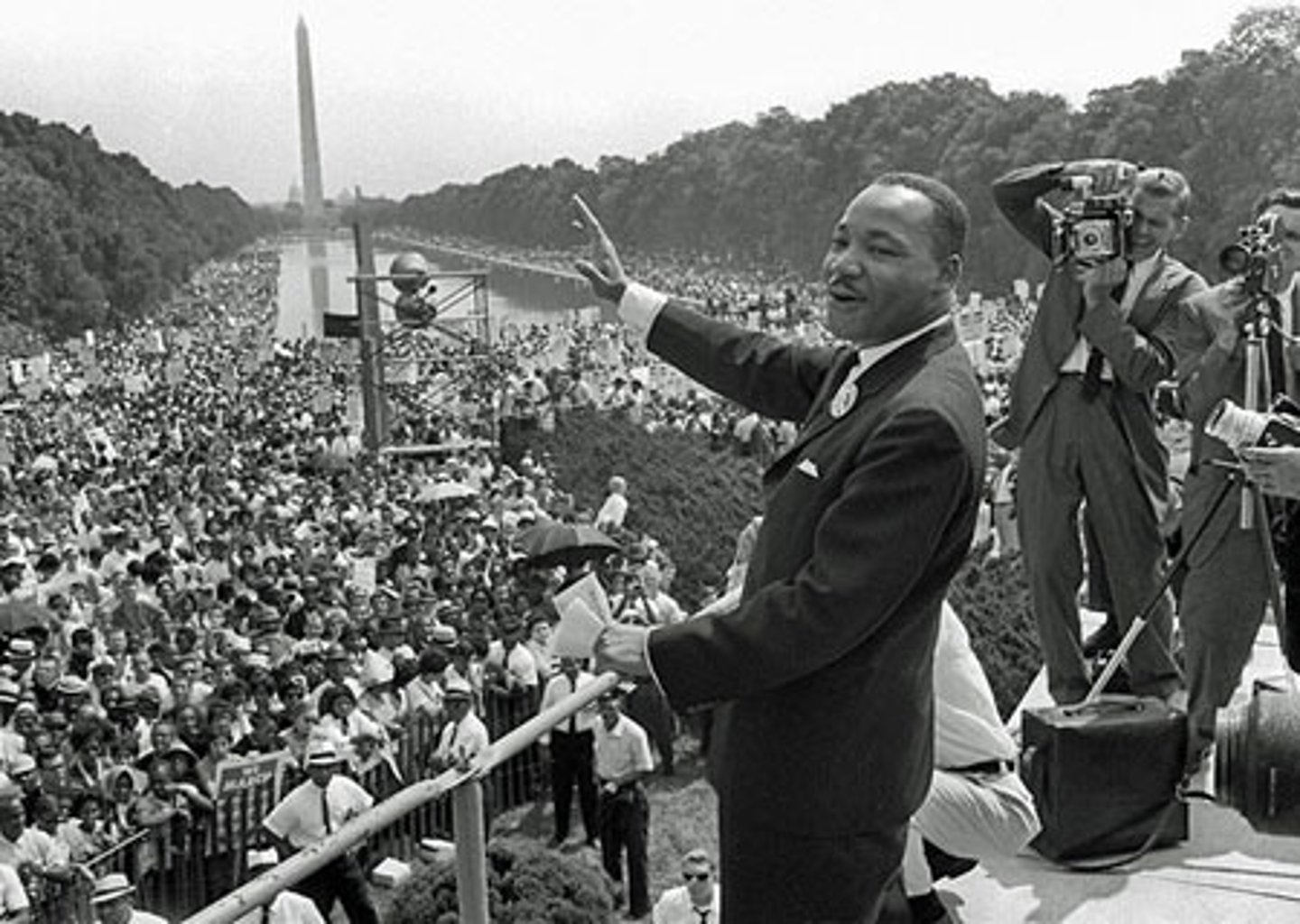
Civil Rights Act of 1964
This act made racial, religious, and sexual discrimination by employers illegal and gave the government the power to enforce all laws governing civil rights, including desegregation of schools and public places.
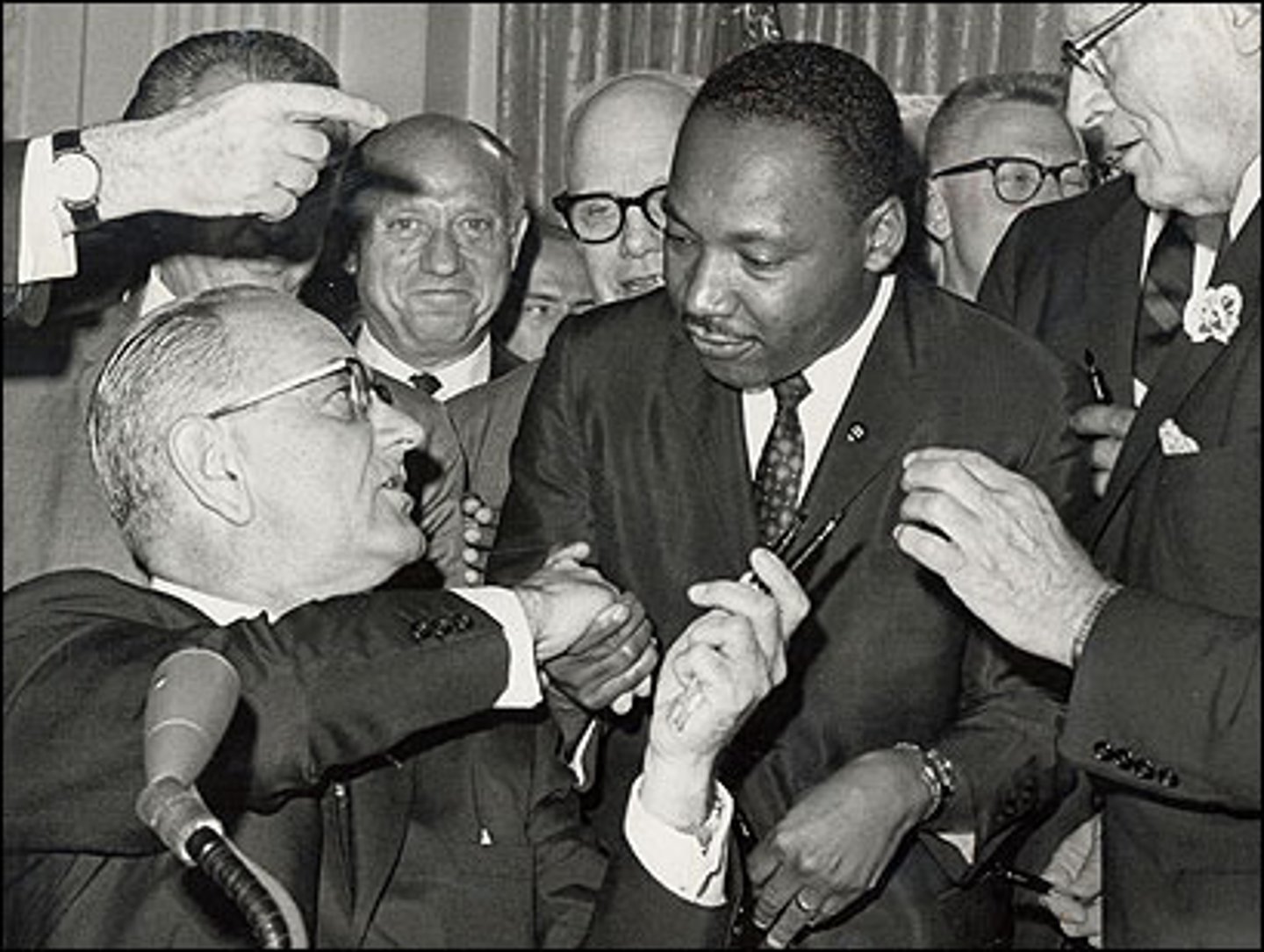
Civil Rights Act of 1968
The 1968 act expanded on previous acts and prohibited discrimination concerning the sale, rental, and financing of housing based on race, religion, national origin, and since 1974, sex
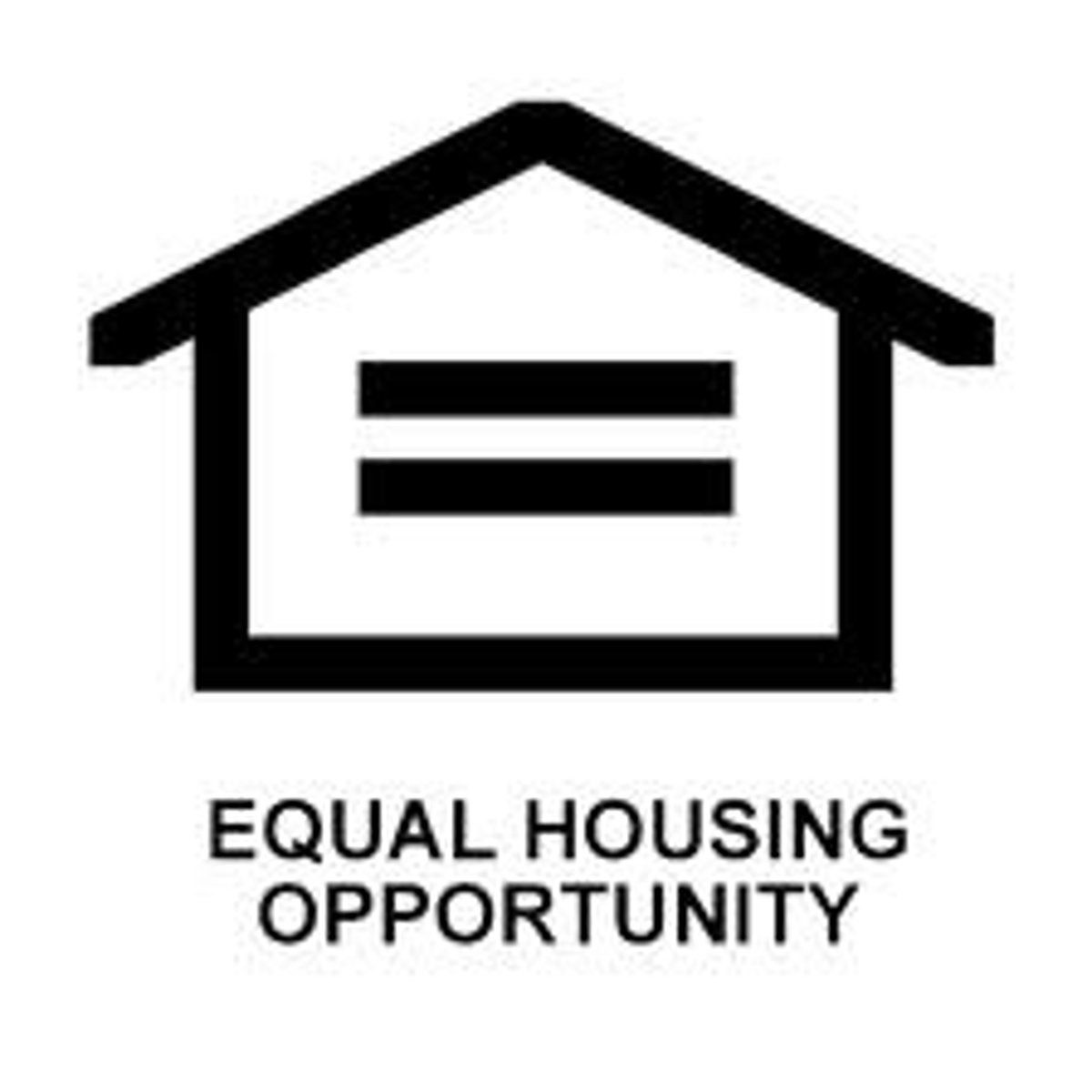
24th Amendment (1964)
Prohibits federal and state governments from charging poll tax
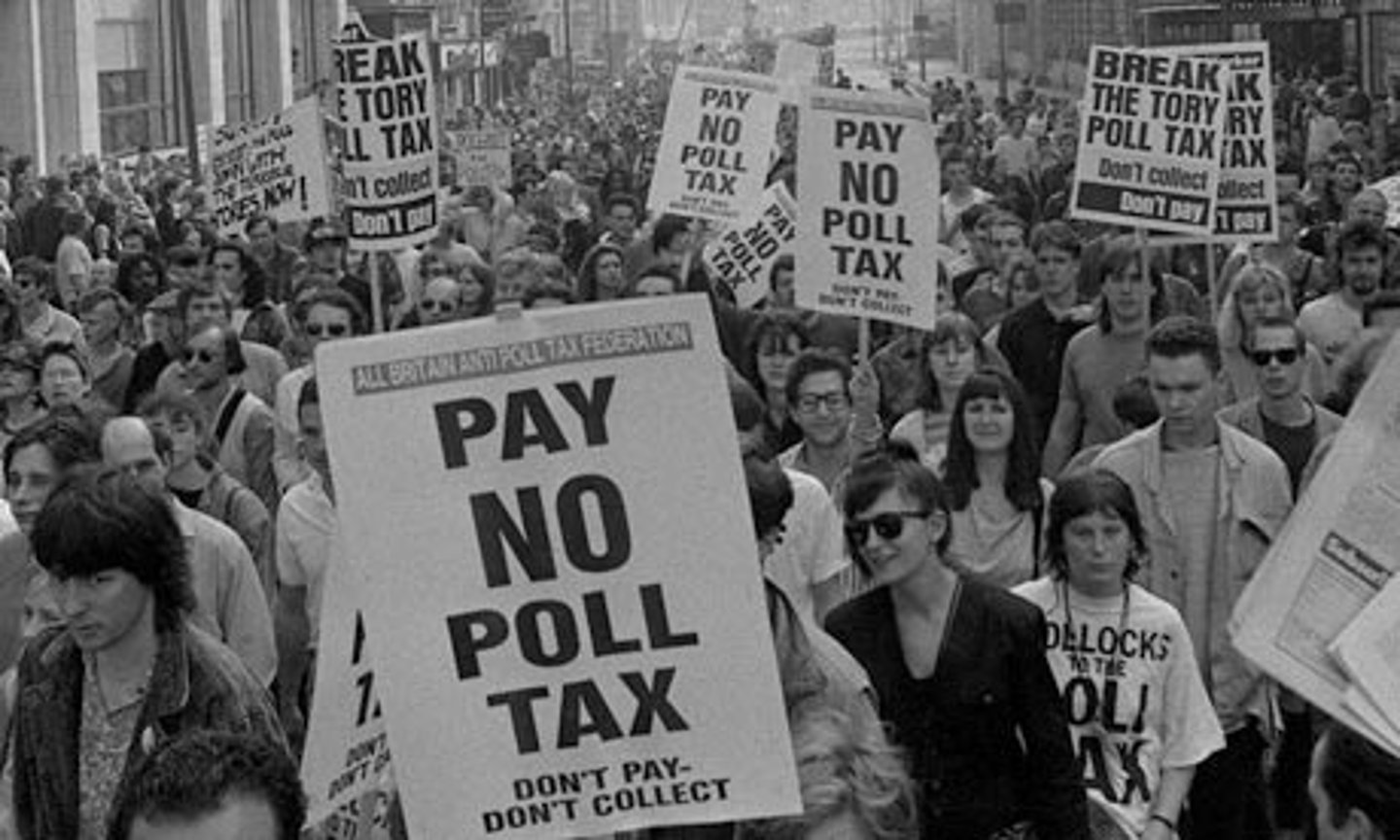
Freedom Summer (1964)
Effort by civil rights groups in Mississippi to register African American voters during the summer of 1964.
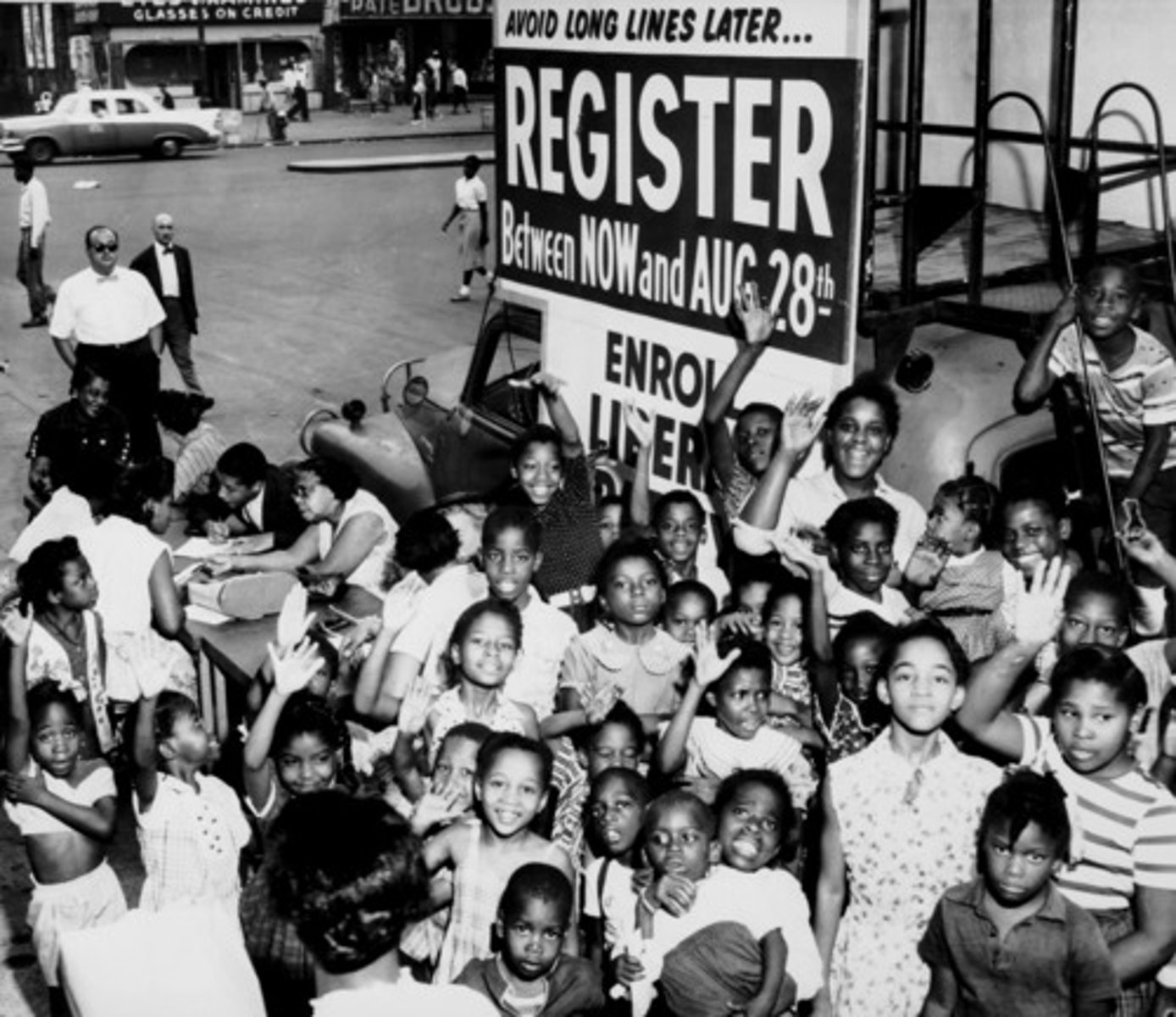
Selma March (1965)
Civil Rights organizers organized a march from Selma to Alabama's capital (Montgomery). This action brought attention to the problem of voting discrimination.
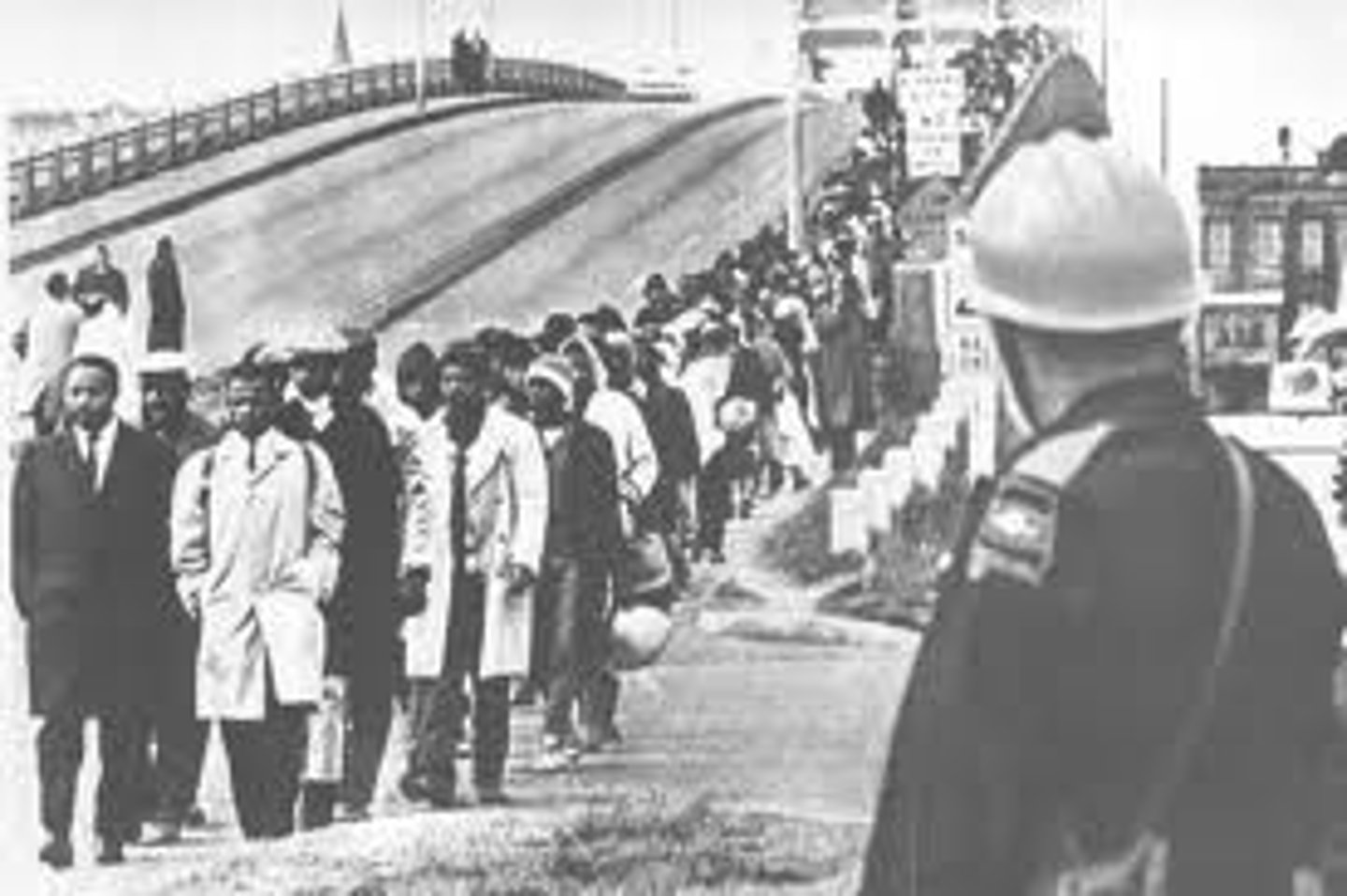
Voting Rights Act of 1965
A law designed to help end formal and informal barriers to African-American suffrage.
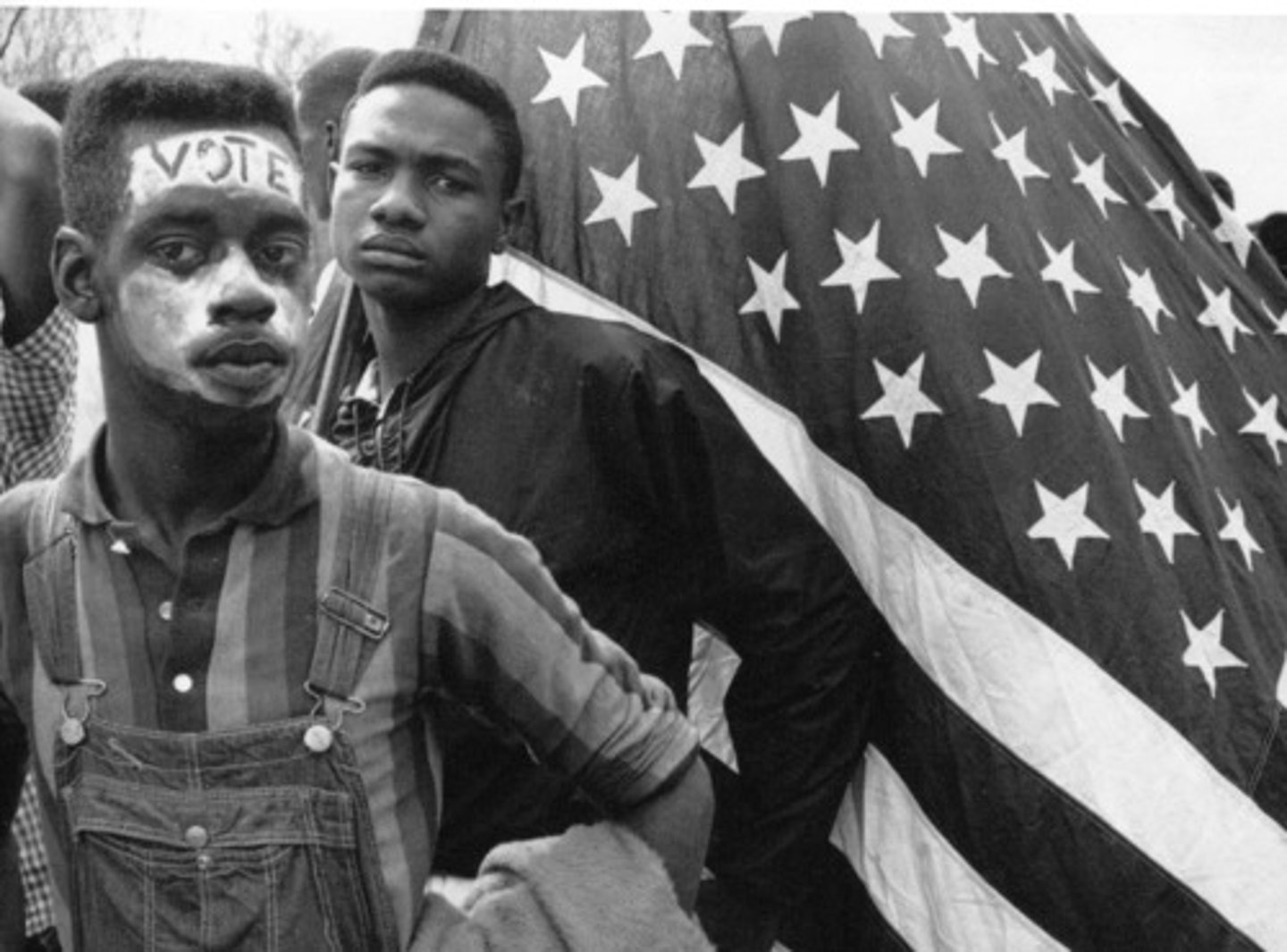
Thurgood Marshall (1908-1993)
In 1967, appointed the first Black Supreme Court Justice, he had led that NAACP's legal defense fund and had argued the Brown v. The Board of Education of Topeka, Kansas case before the Supreme Court.
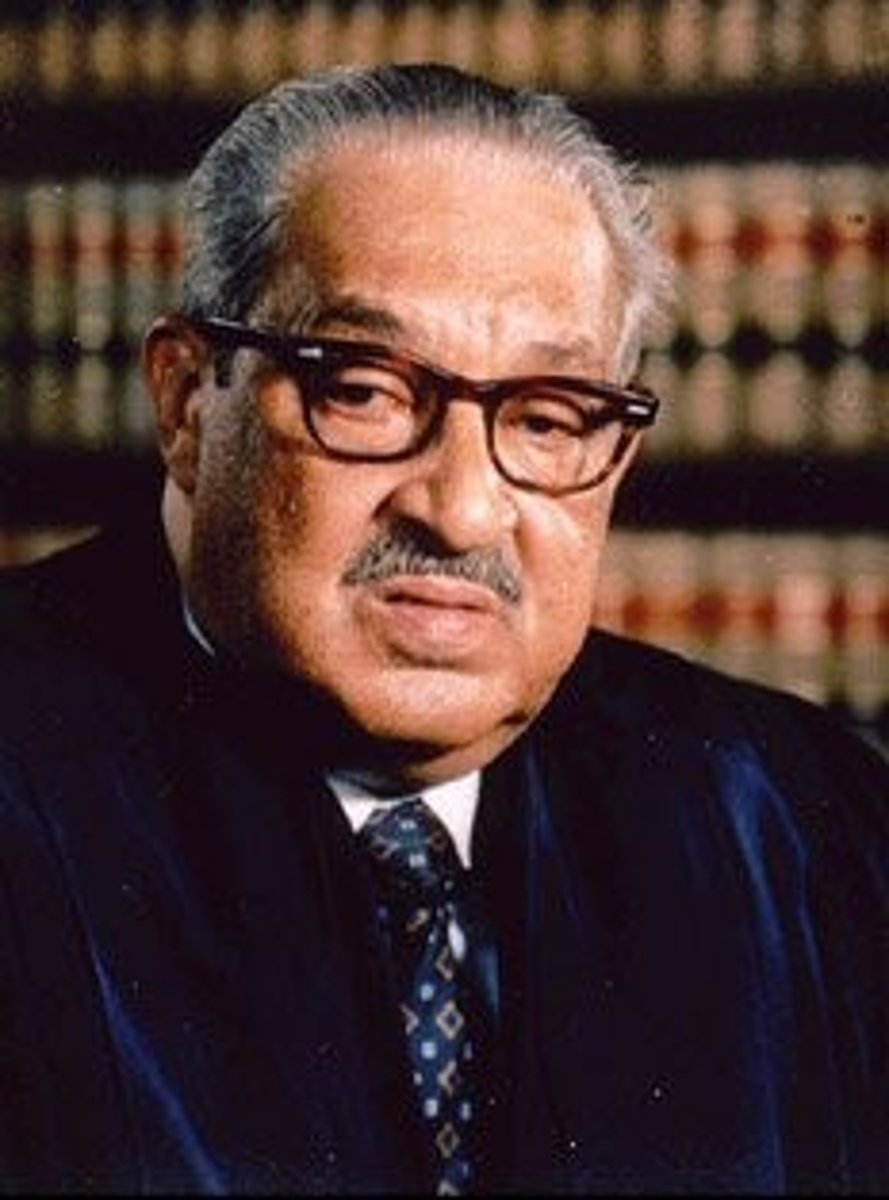
Martin Luther King, Jr.
U.S. Baptist minister and civil rights leader. A noted orator, he opposed discrimination against blacks by organizing nonviolent resistance and peaceful mass demonstrations. He was assassinated in Memphis, Tennessee in 1968. Nobel Peace Prize winner (1964).
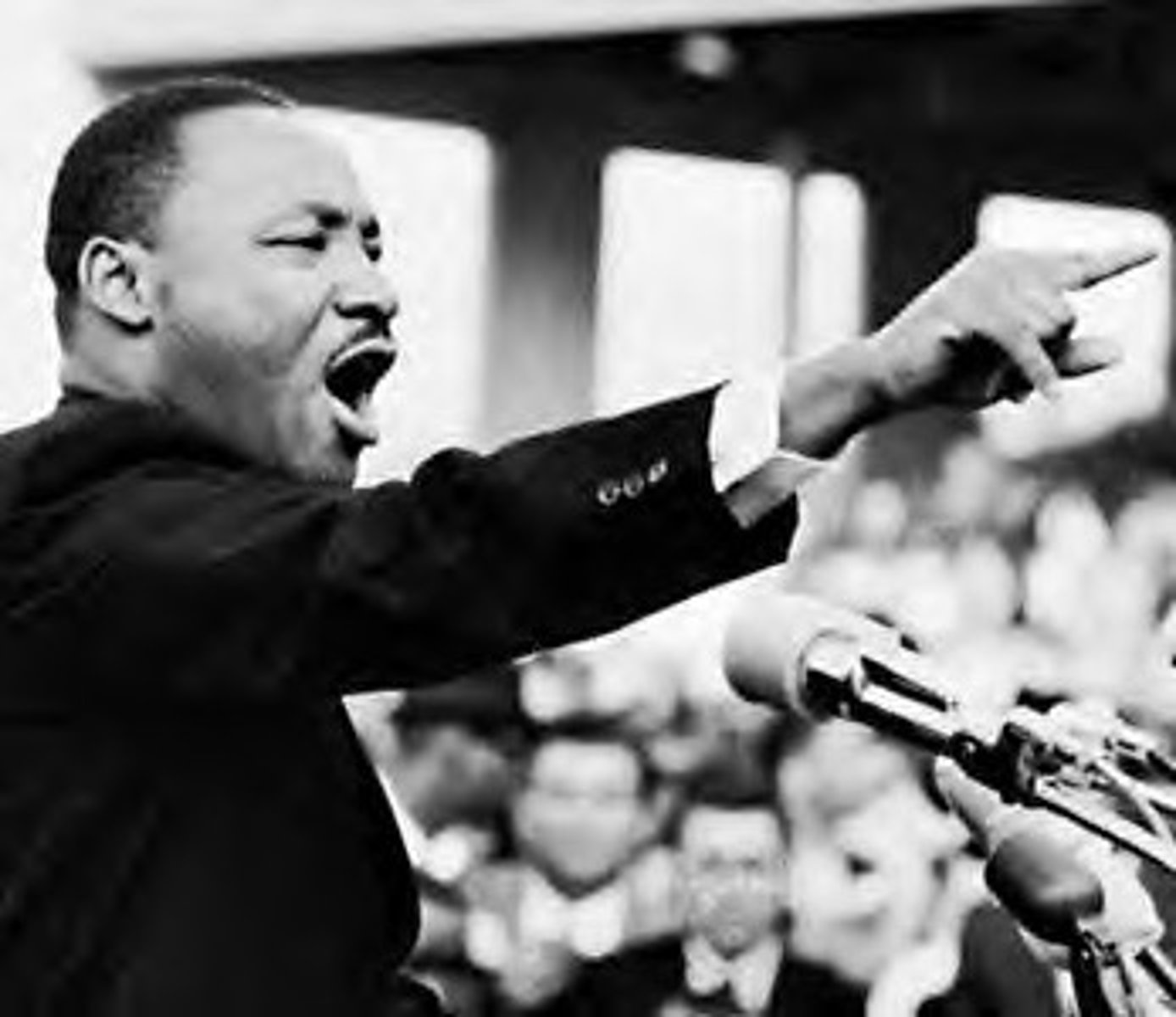
Rosa Parks (1955)
Arrested for refusing to give up a bus seat to a white man, African American leaders called for city-wide boycott of the bus system (which lasted almost 400 days); Supreme Court ruled segregated buses unconstitutional after.
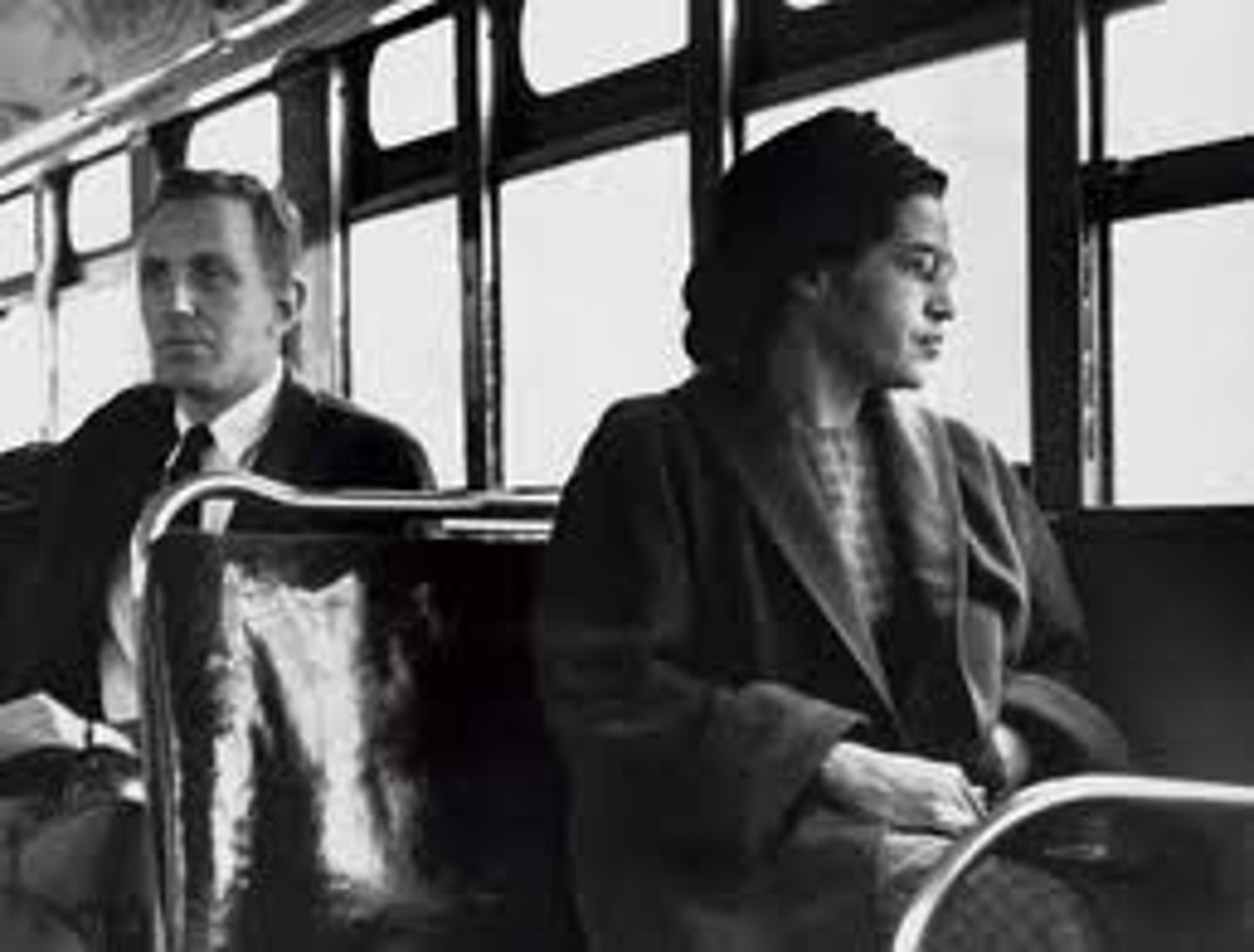
Stokely Carmichael
A leader of the Black Nationalist movement in 1966, he coined the phrase "Black Power". Broke off from the nonviolent movements, believing that blacks should fight back if attacked, physically. He urged blacks to achieve economic independence by starting and supporting their own businesses, similar to Marcus Garvey.
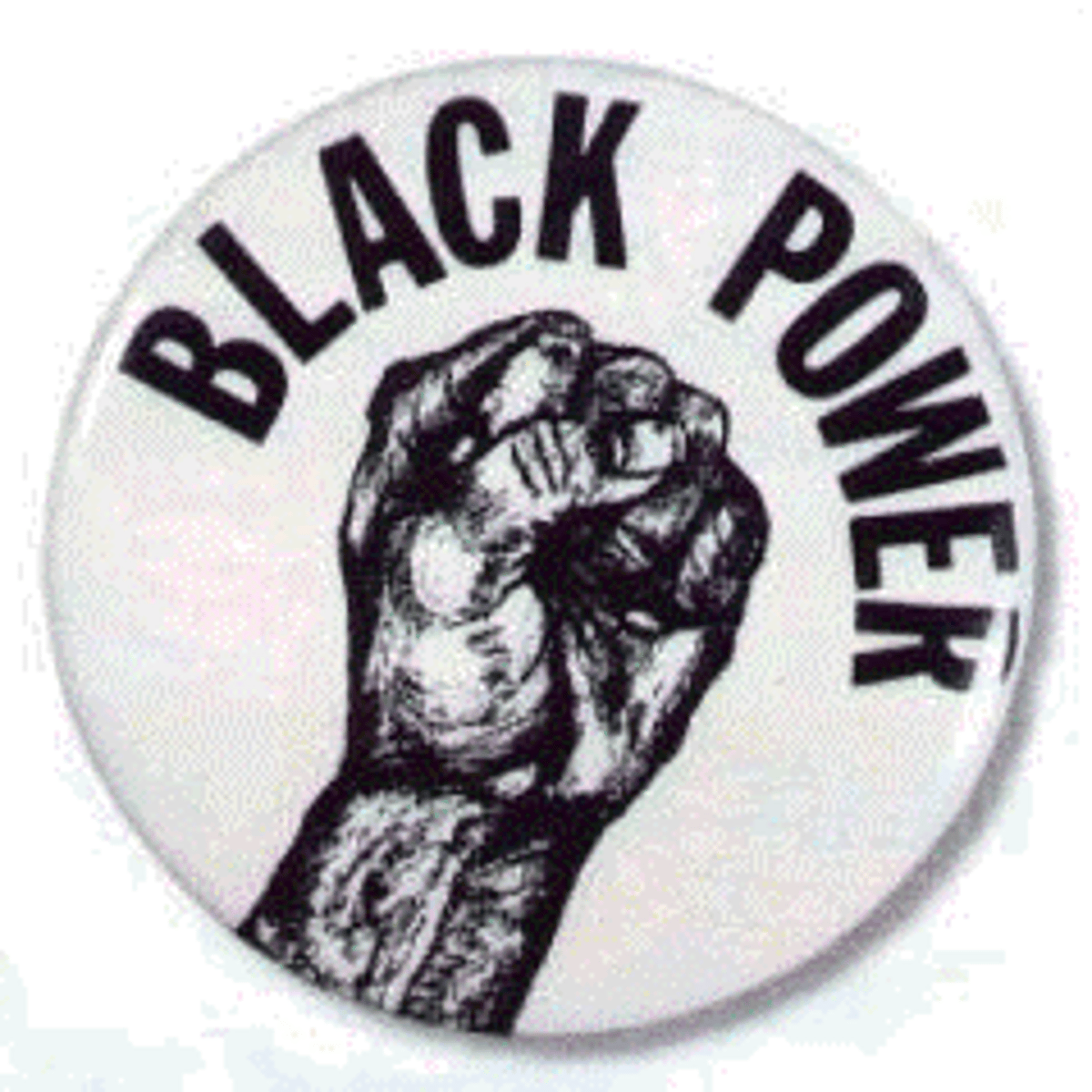
James Farmer & CORE
Initiator and organizer of the Freedom Rides and co-founded this organization with George Houser and Bernice Fisher.
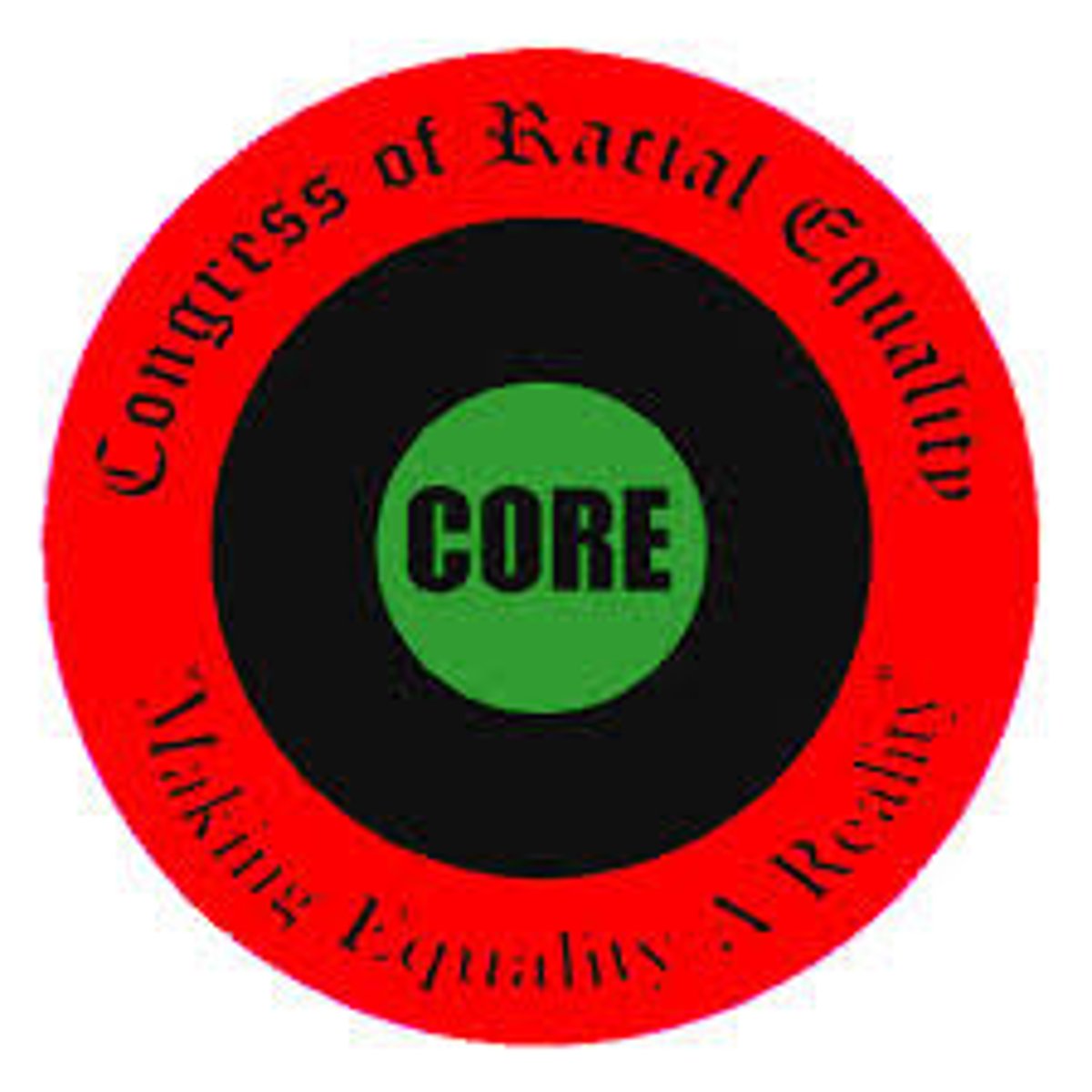
Medgar Evers
Director of the NAACP in Mississippi and a lawyer who defended accused Blacks, he was murdered in his driveway by a member of the Ku Klux Klan.

Malcolm X
Charismatic Black Muslim leader who promoted separatism in the early 1960s. He was assassinated by alleged members of the Nation of Islam in 1965.
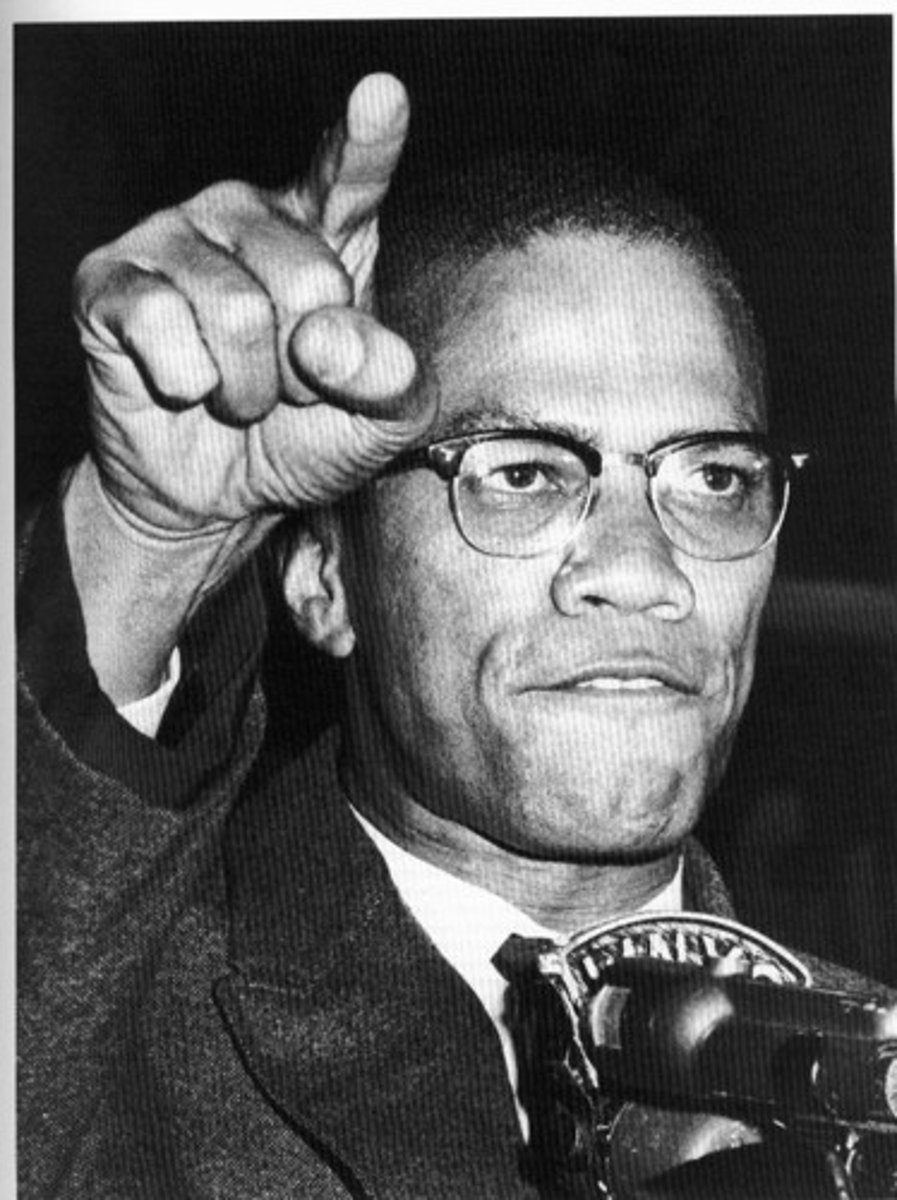
NAACP (National Association for the Advancement of Colored People)
A civil rights organization in the United States, formed in 1909 as a bi-racial endeavor to advance justice for African Americans by a group including W. E. B. Du Bois, Mary White Ovington, Moorfield Storey and Ida B. Wells
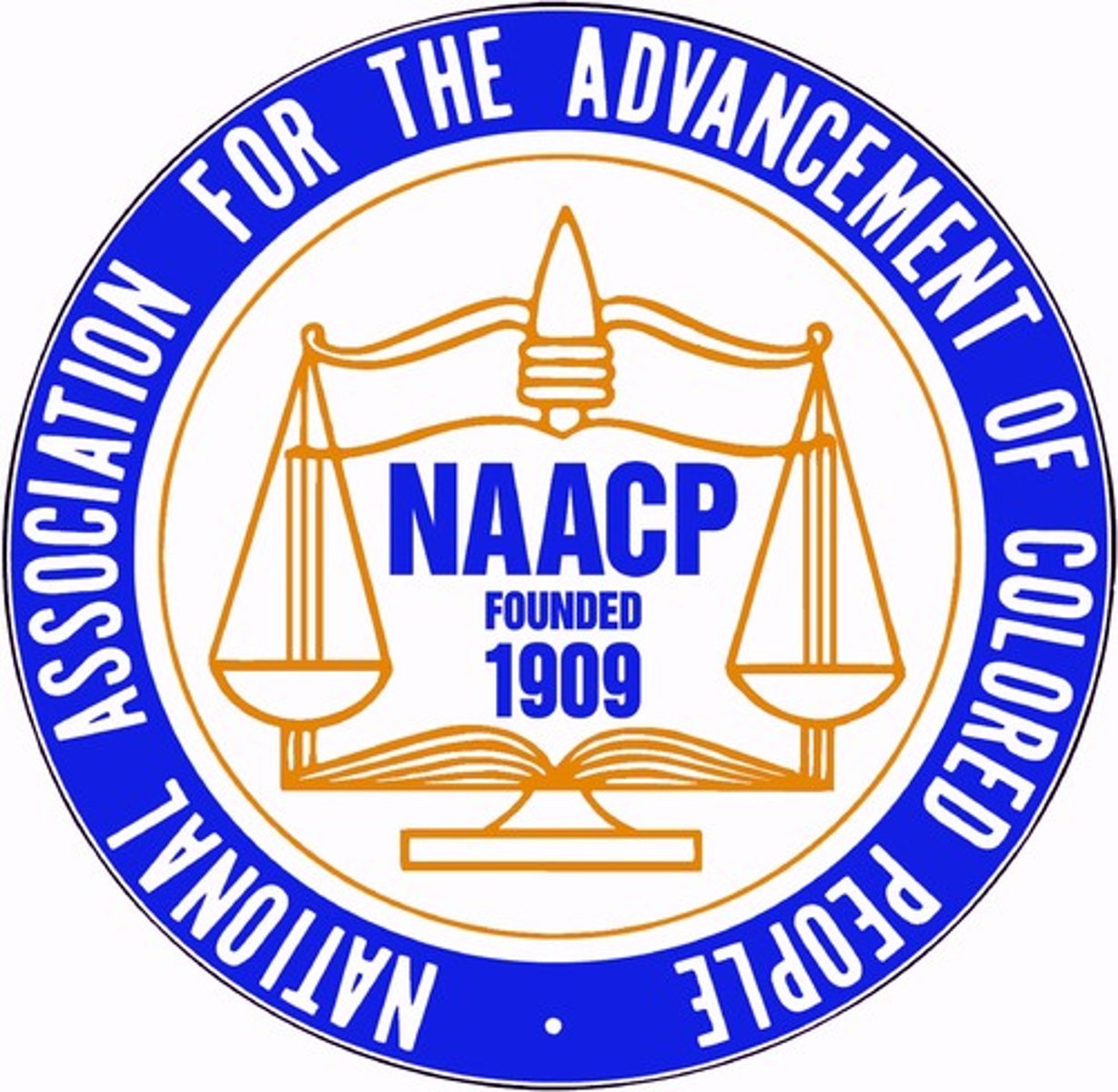
SCLC (Southern Christian Leadership Conference)
Civil rights organization formed in 1957 by Dr. Martin Luther King Jr., and other leaders.
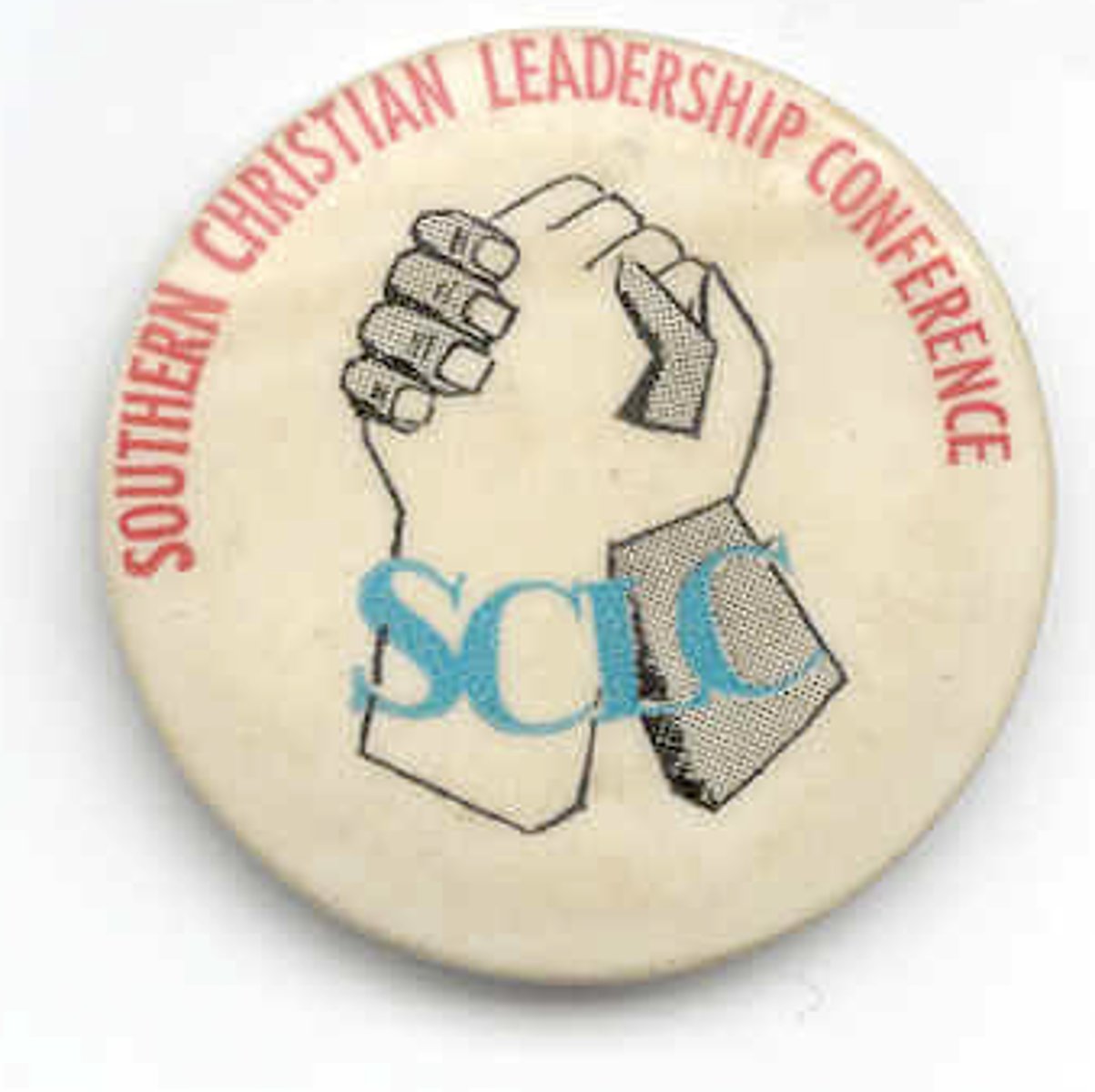
SNCC (Student Nonviolent Coordinating Committee)
1960; Civil Rights association created by student activists from the South.
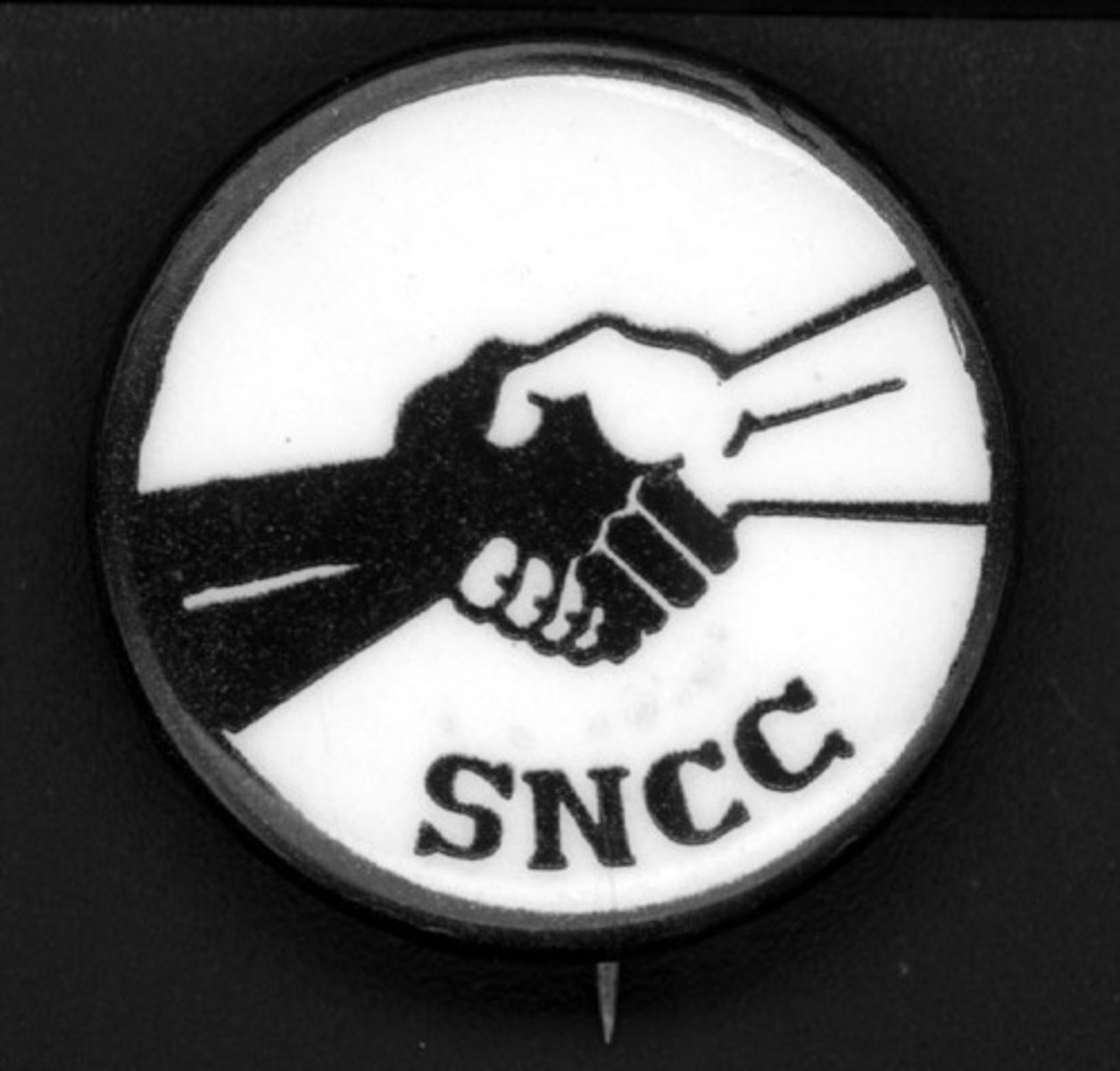
CORE (Congress of Racial Equality)
The Congress of Racial Equality is a U.S. civil rights organization that played a pivotal role for African Americans in the Civil Rights Movement.
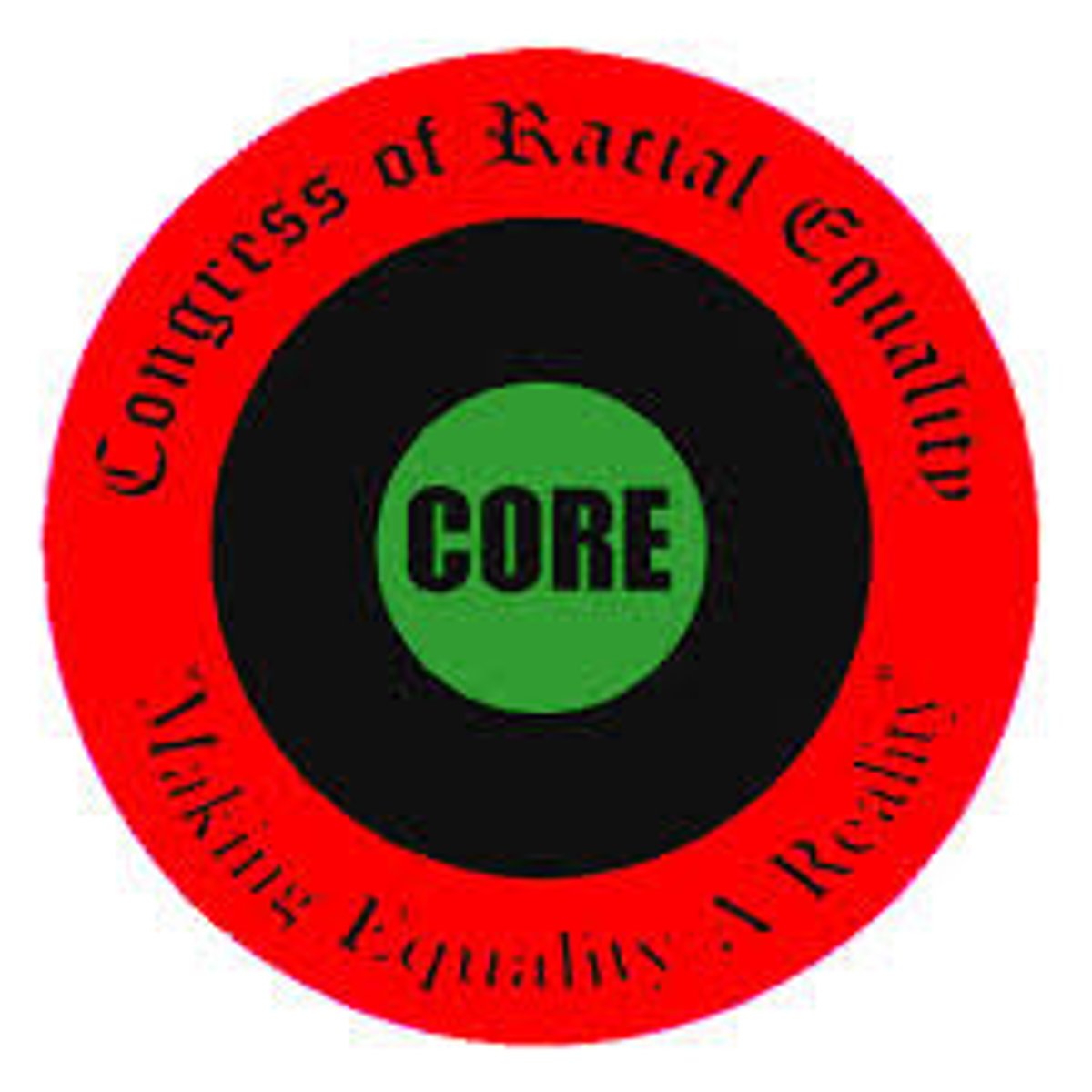
de facto segregation
Segregation resulting from economic or social conditions or personal choice.
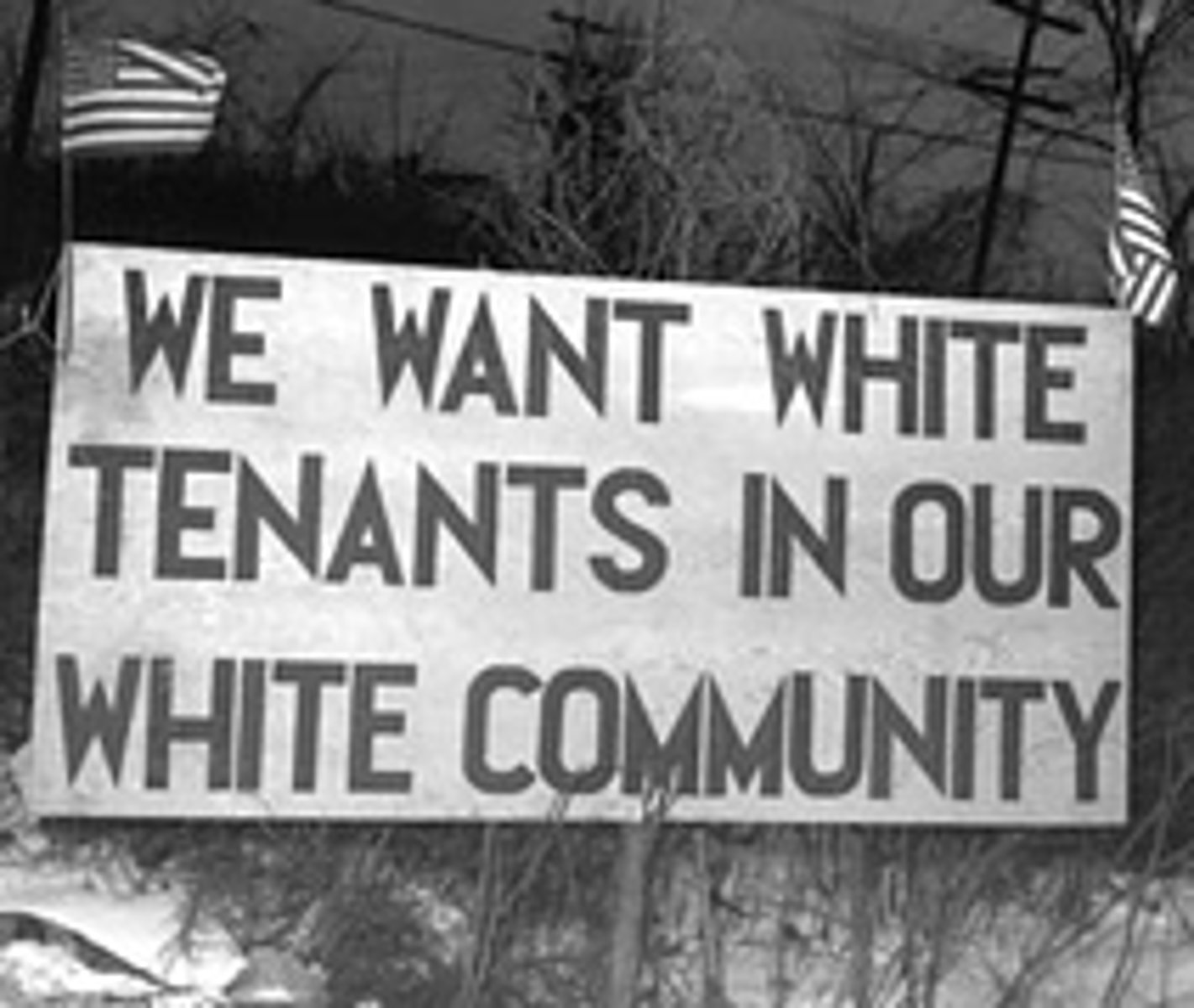
de jure segregation
segregation by law (e.g., The Jim Crow Laws of the South)
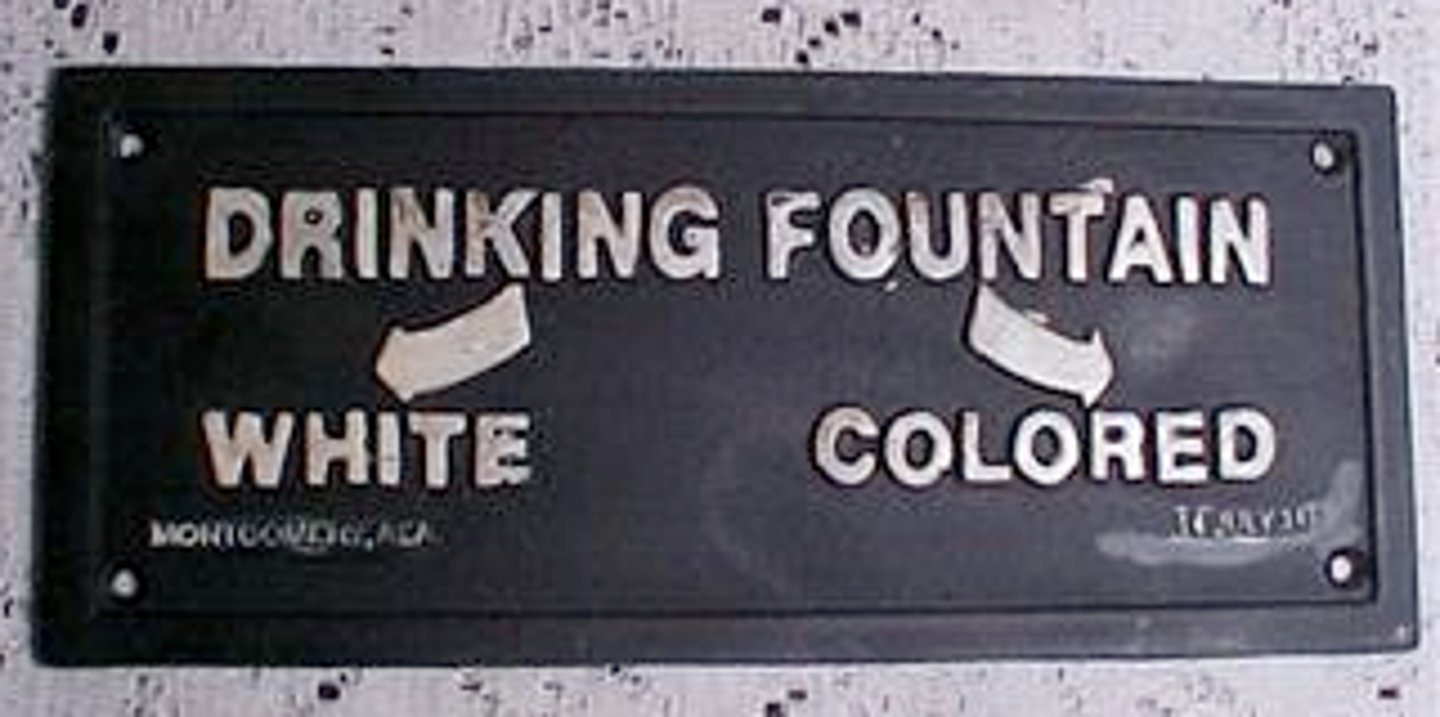
Black Power Movement
Influenced by Malcolm X, Stokely Carmichael & more militant SNCC. Black Panthers: Huey Newton, Bobby Seale, Eldridge Cleaver.
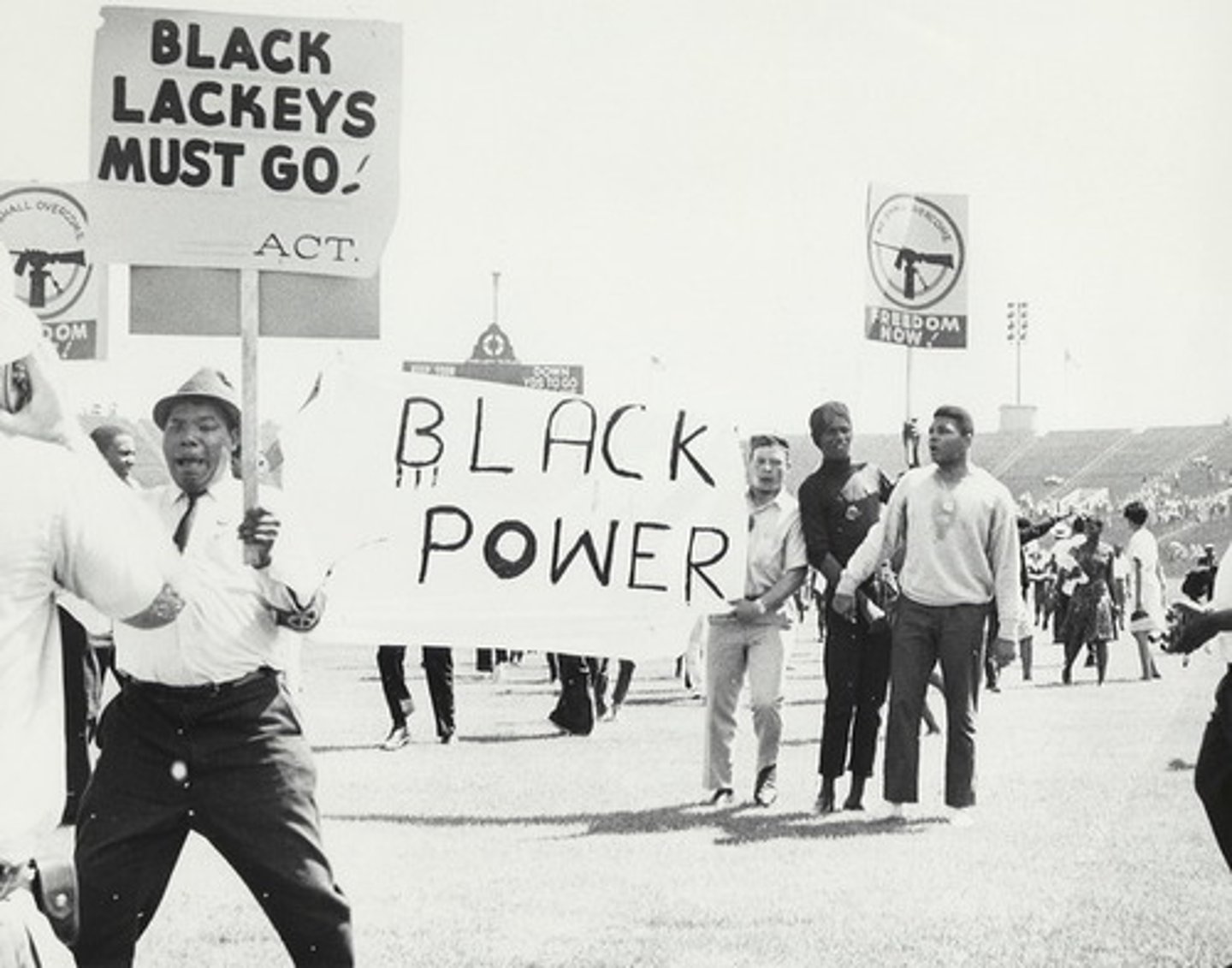
Black Muslims/Nation of Islam
A religious group, popularly known as the Black Muslims, founded by Elijah Muhammad to promote black separatism and the Islamic religion.
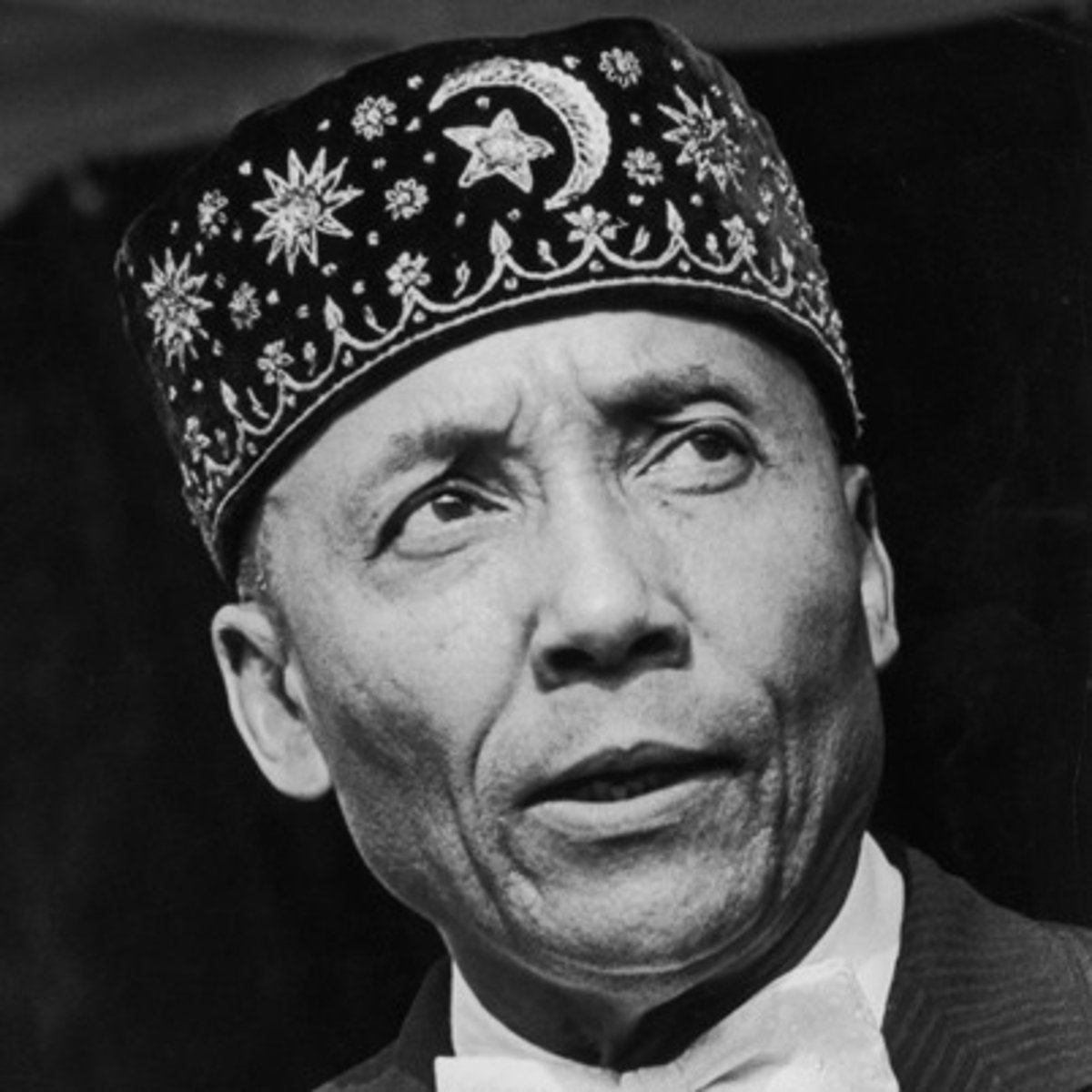
Black Panther Party (1966)
Founded in Oakland, California as a children's school breakfast program, the Panthers carried loaded firearms and patrolled city streets to protect their community from police brutality. The Panthers also embraced the concept of Black Nationalism. Many former SNCC members were attracted to the ideas of the Panthers.
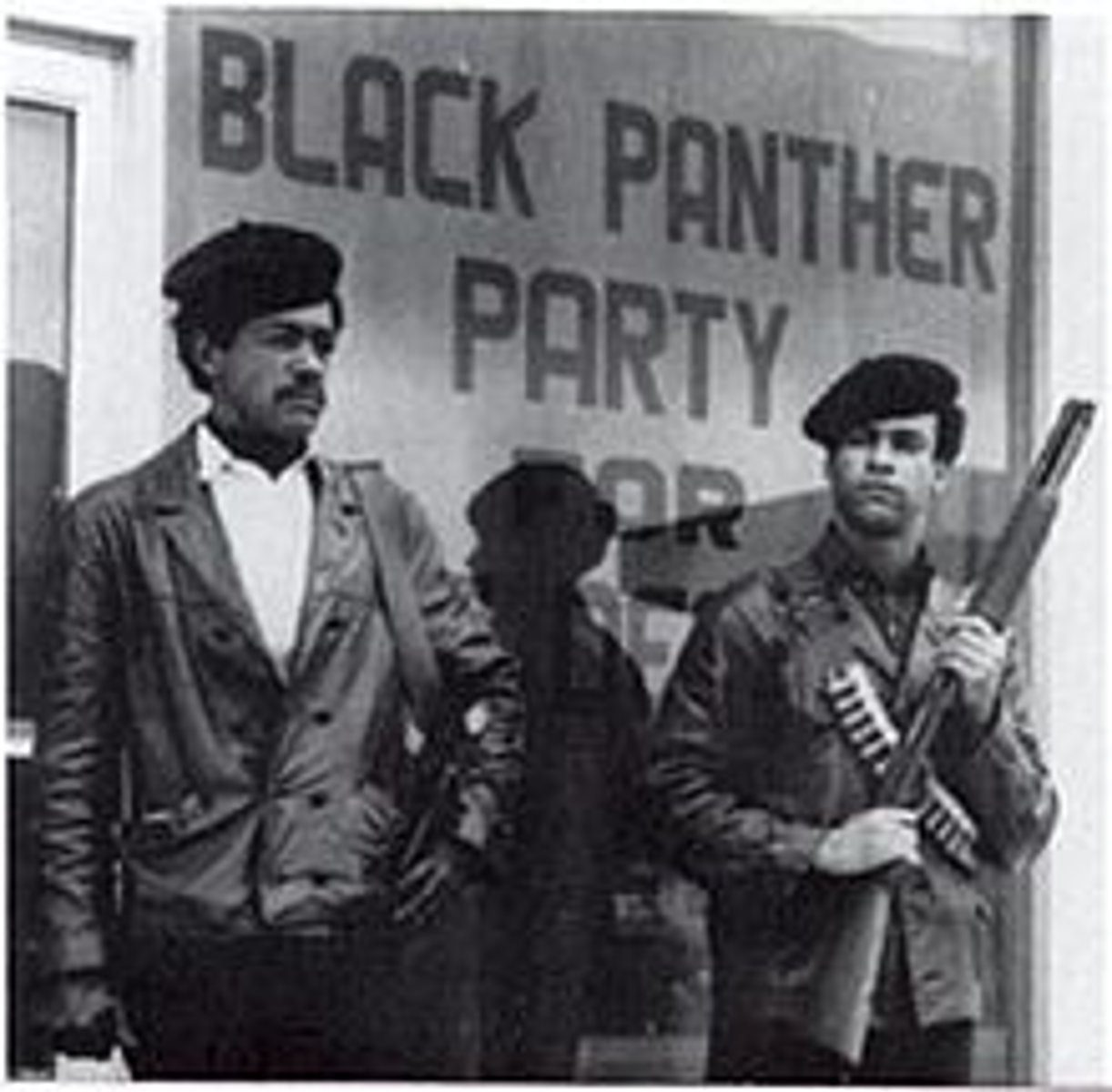
King assassination
In April 1968, while standing on a motel balcony in Memphis, Tennessee Martin Luther King was shot and killed by a white man. Riots erupted in hundreds of cities across the U.S. and resulted in 46 deaths. (p. 609)
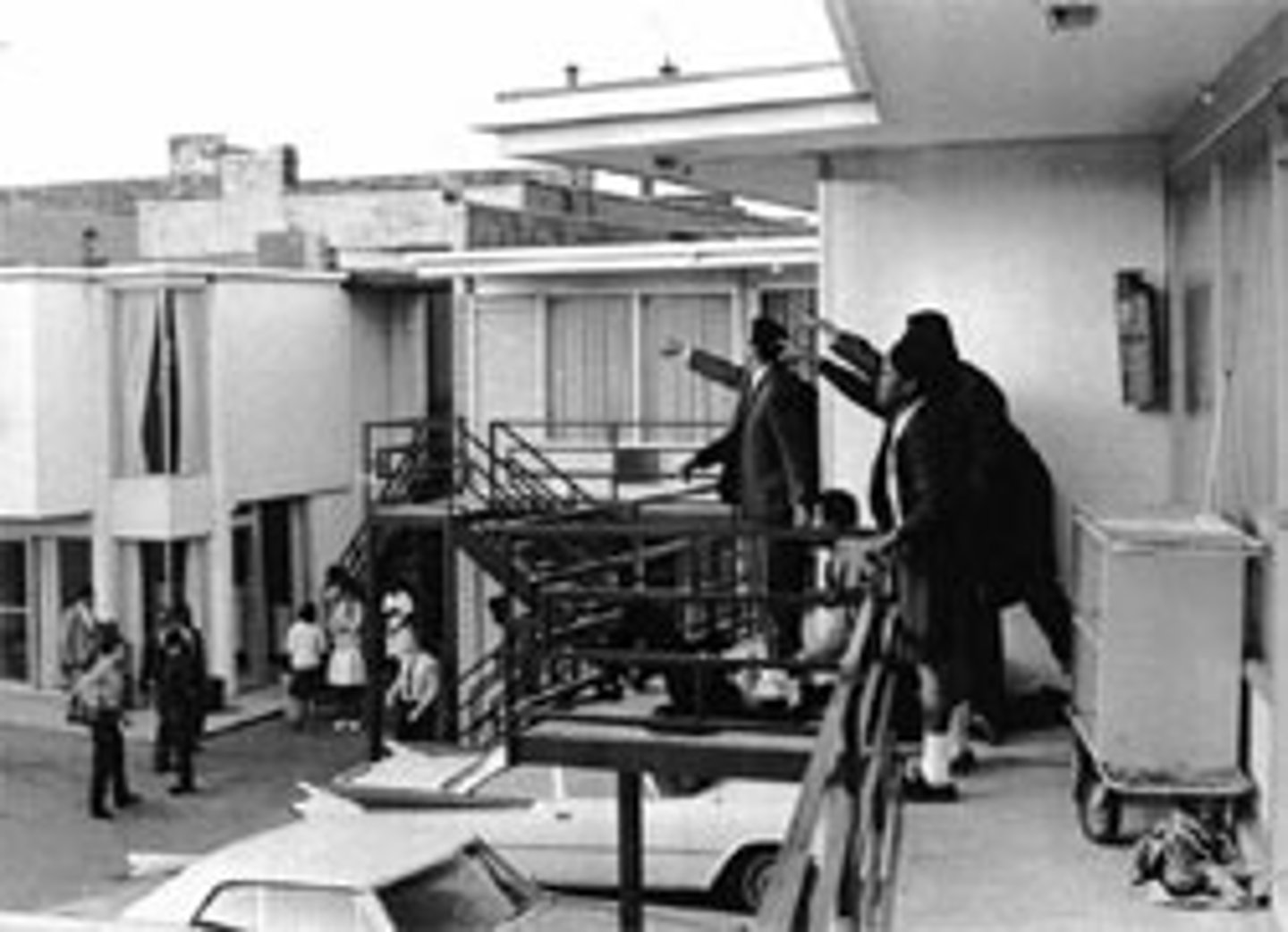
Malcolm X assassination
On February 21, 1965, in Manhattan's Audubon Ballroom, Malcolm X began to speak to a meeting of the Organization of Afro-American Unity when a disturbance broke out in the crowd of 400, 1965 changed to want equality not superiority-killed by a black Muslim.
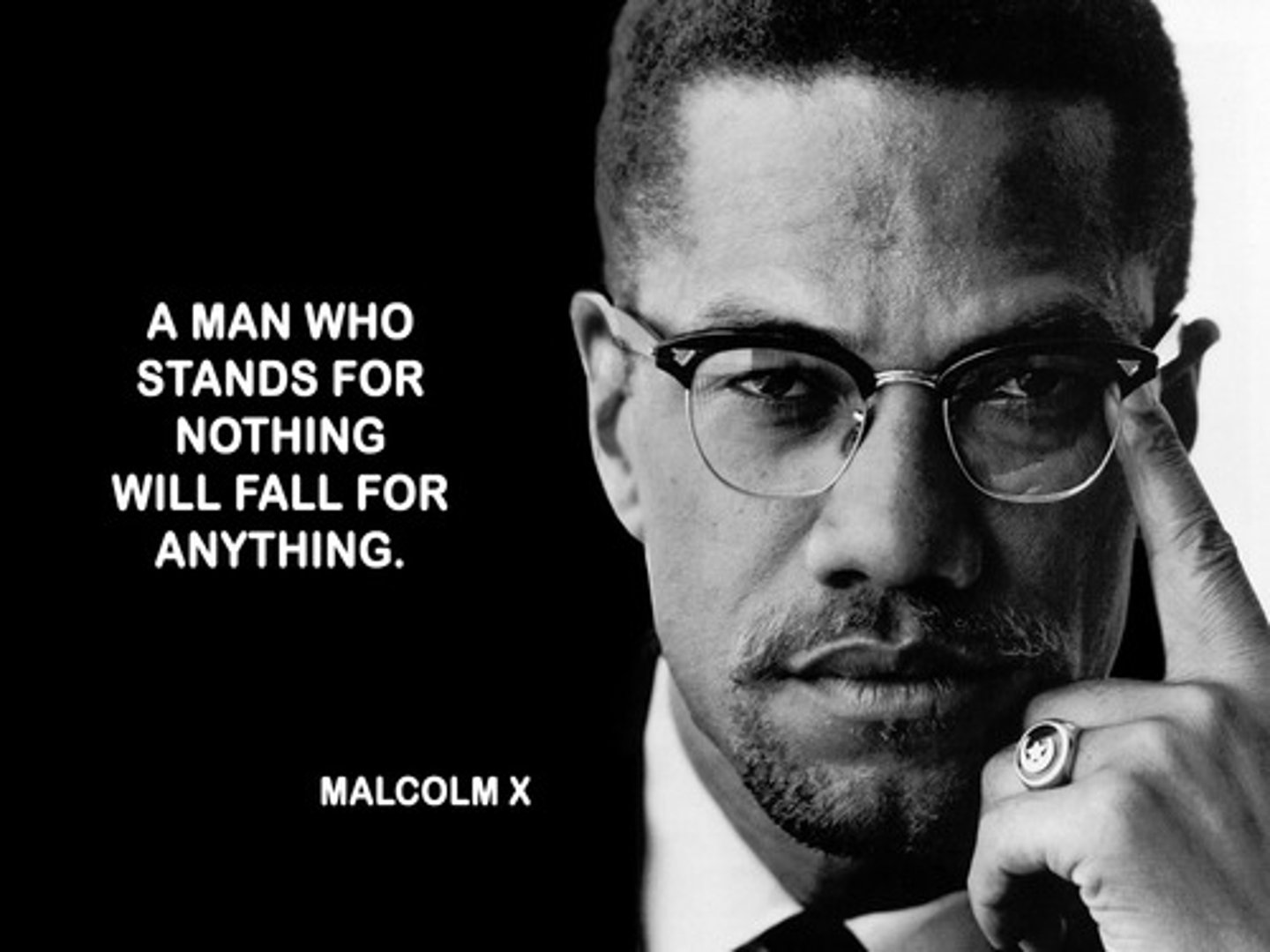
Betty Friedan
1921-2006. American feminist, activist and writer. Best known for starting the "Second Wave" of feminism through the writing of her book "The Feminine Mystique".
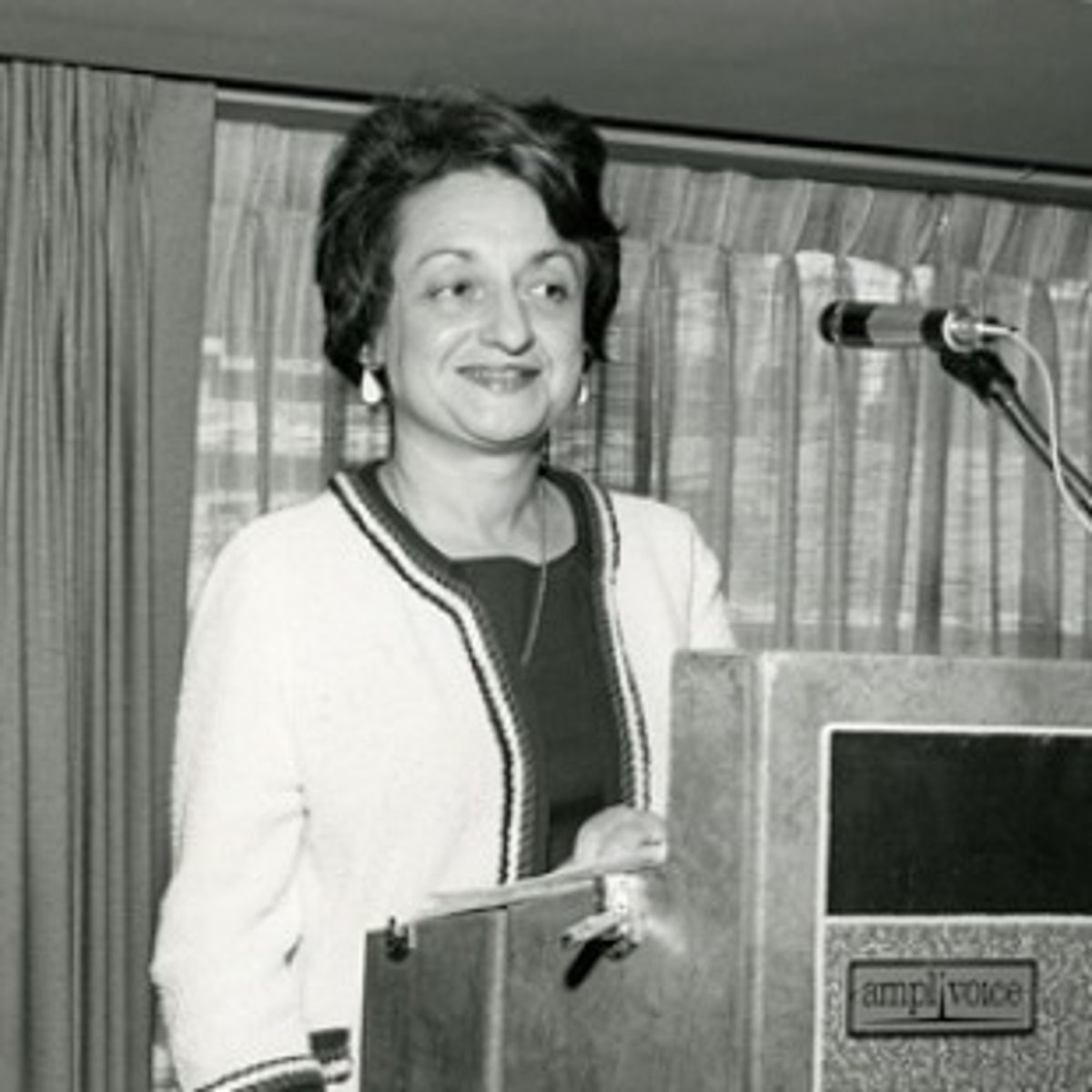
Feminism
A female movement for gender equality.
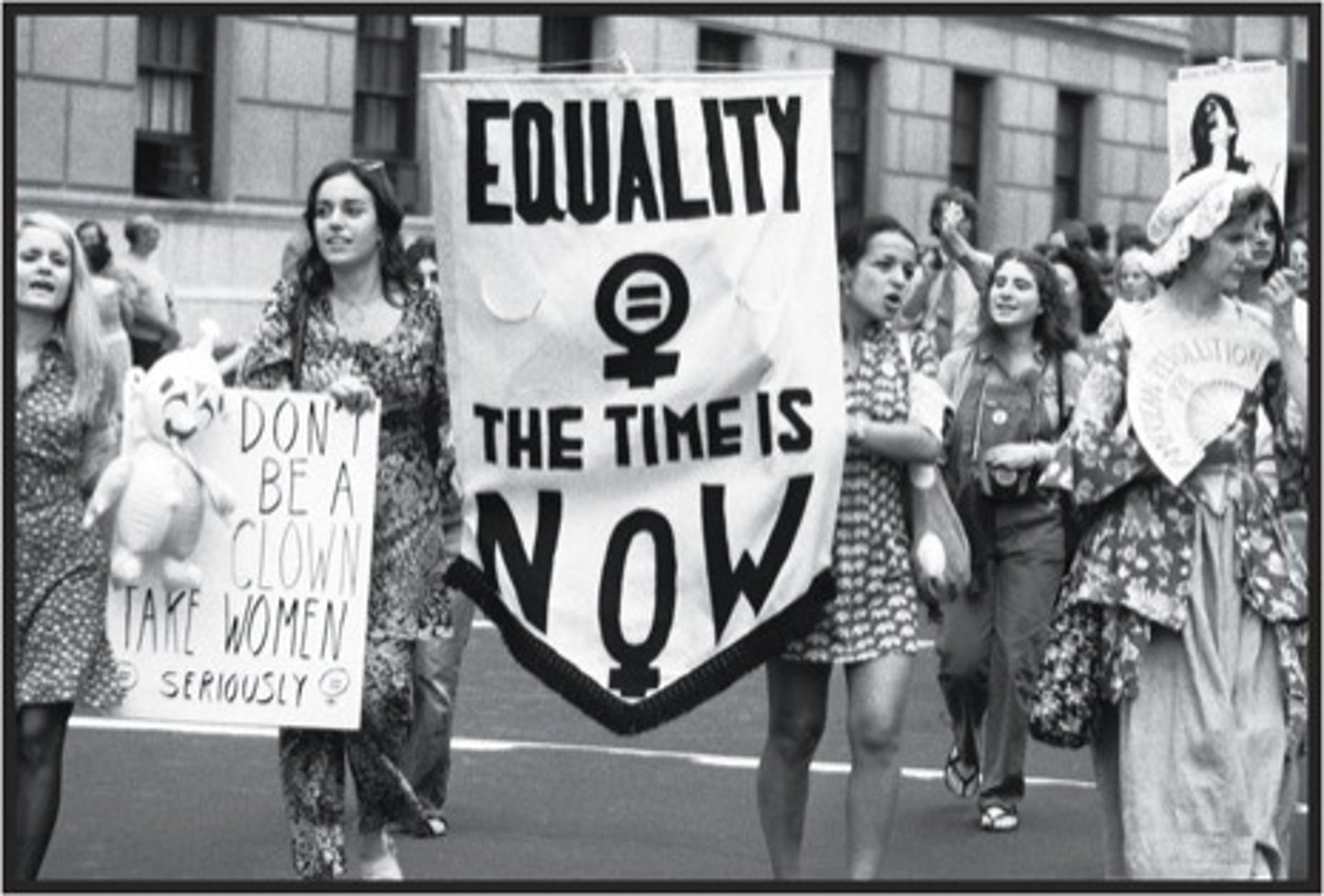
The Feminine Mystique (1963)
Best-selling book by feminist thinker Betty Friedan. This work challenged women to move beyond the drudgery of suburban house-wifery and helped launch what would become second-wave feminism.
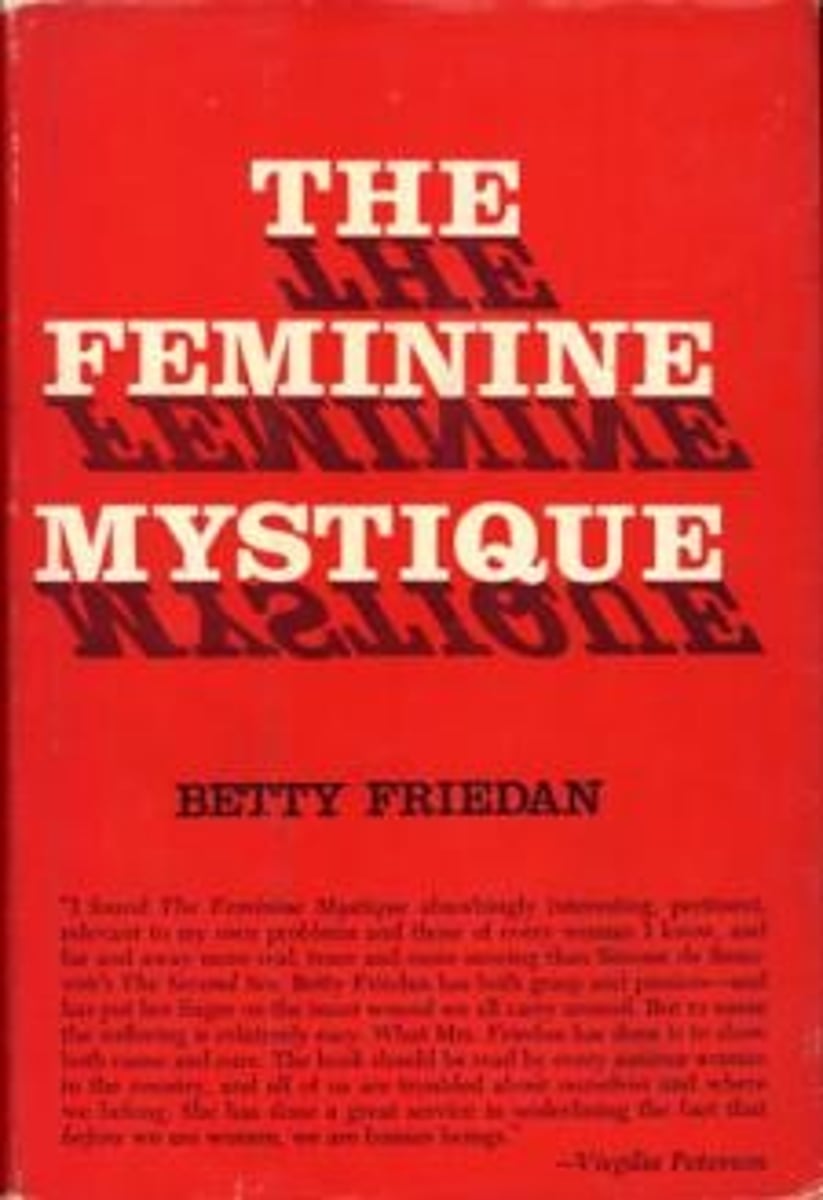
National Organization for Women (NOW)
Founded in 1966, the National Organization for Women (NOW) called for equal employment opportunity and equal pay for women. NOW also championed the legalization of abortion and passage of an equal rights amendment to the Constitution.
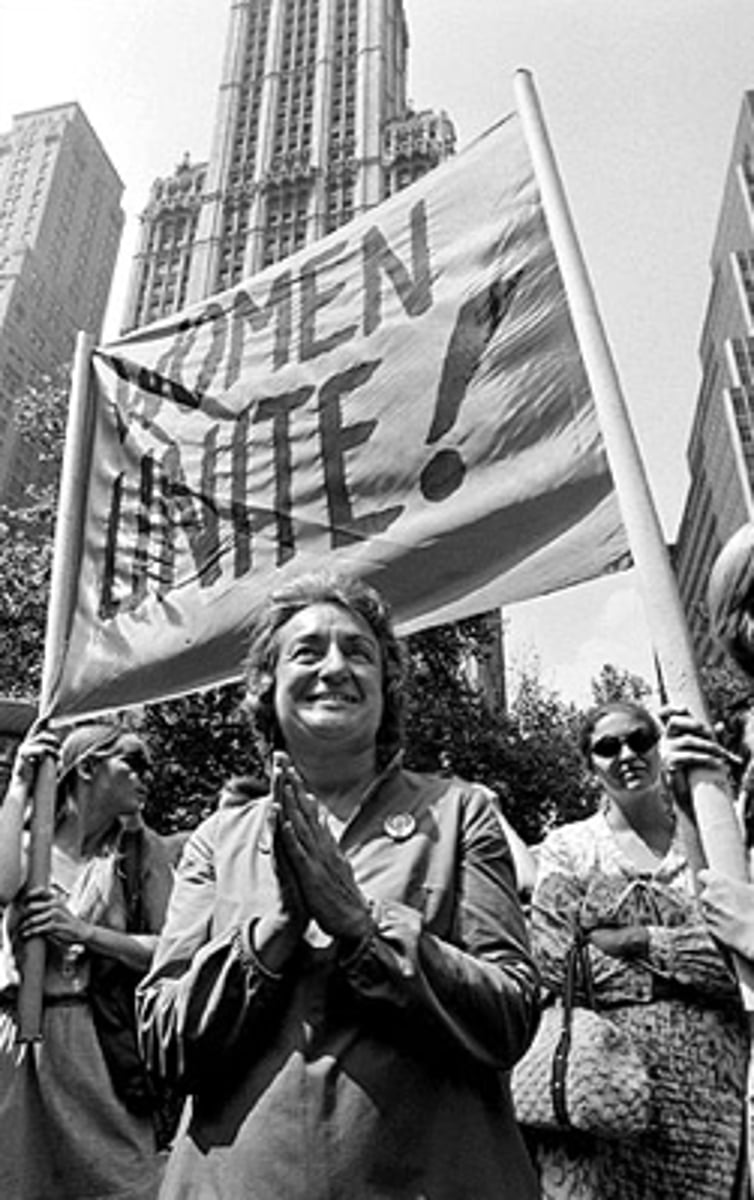
Equal Rights Amendment (ERA)
Constitutional amendment passed by Congress but never ratified that would have banned discrimination on the basis of gender.
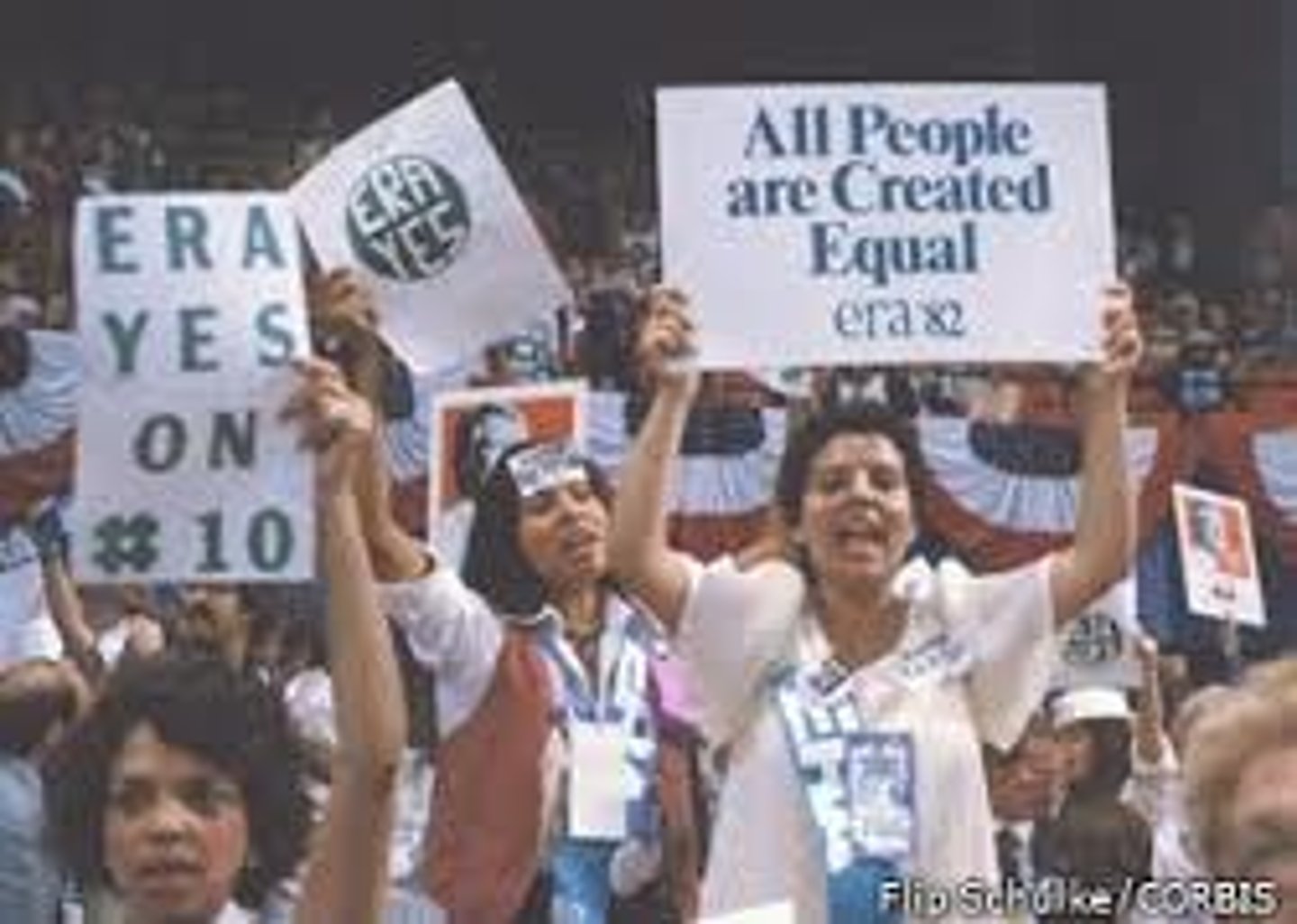
Roe vs. Wade (Supreme Court)
U.S. Supreme Court ruled that there is a fundamental right to privacy, which includes a woman's decision to have an abortion until the third trimester.
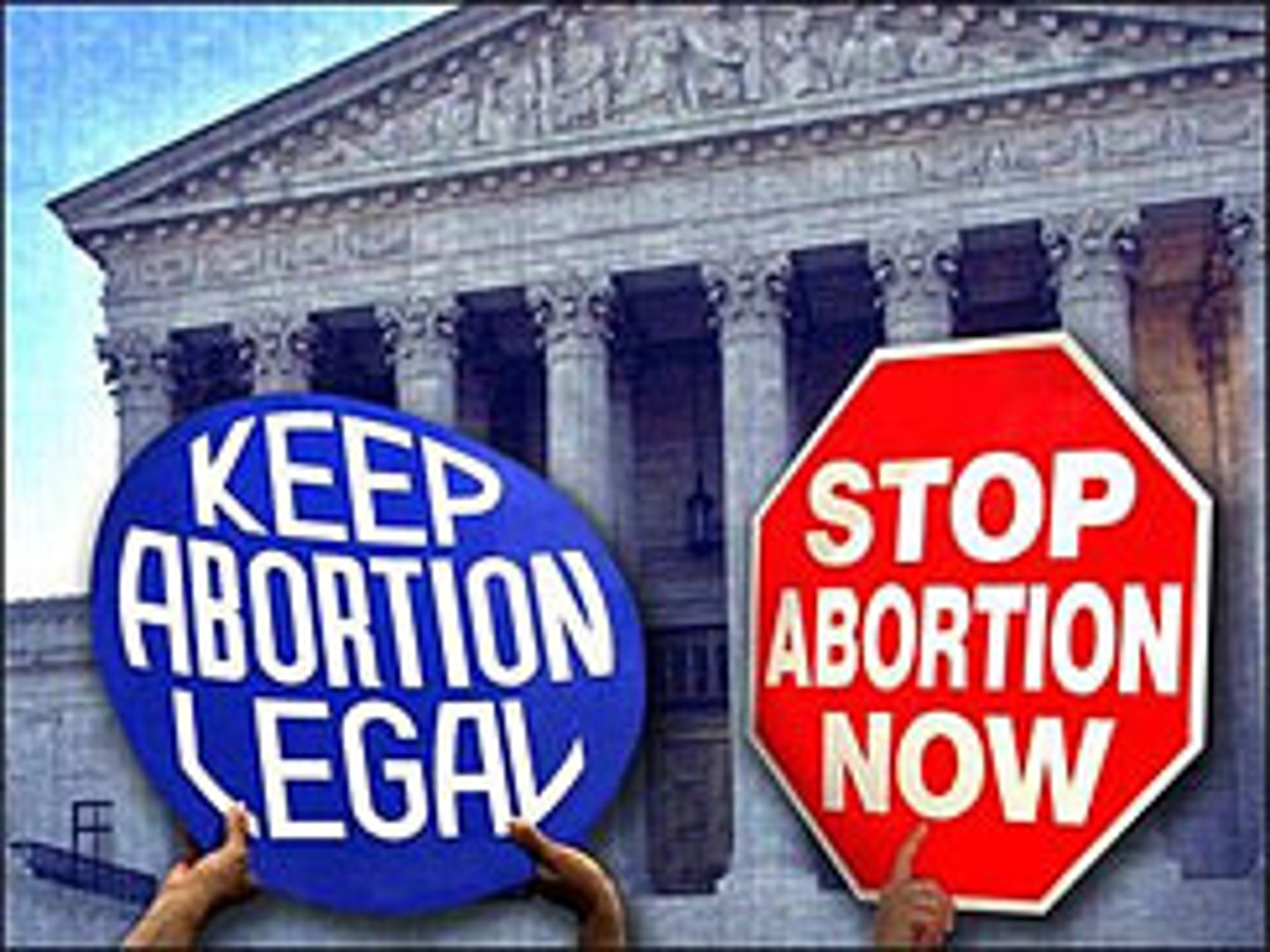
Termination Policy (1953)
Eliminated federal economic support, discontinued the reservation system and redistributed tribal lands among individual Native Americans
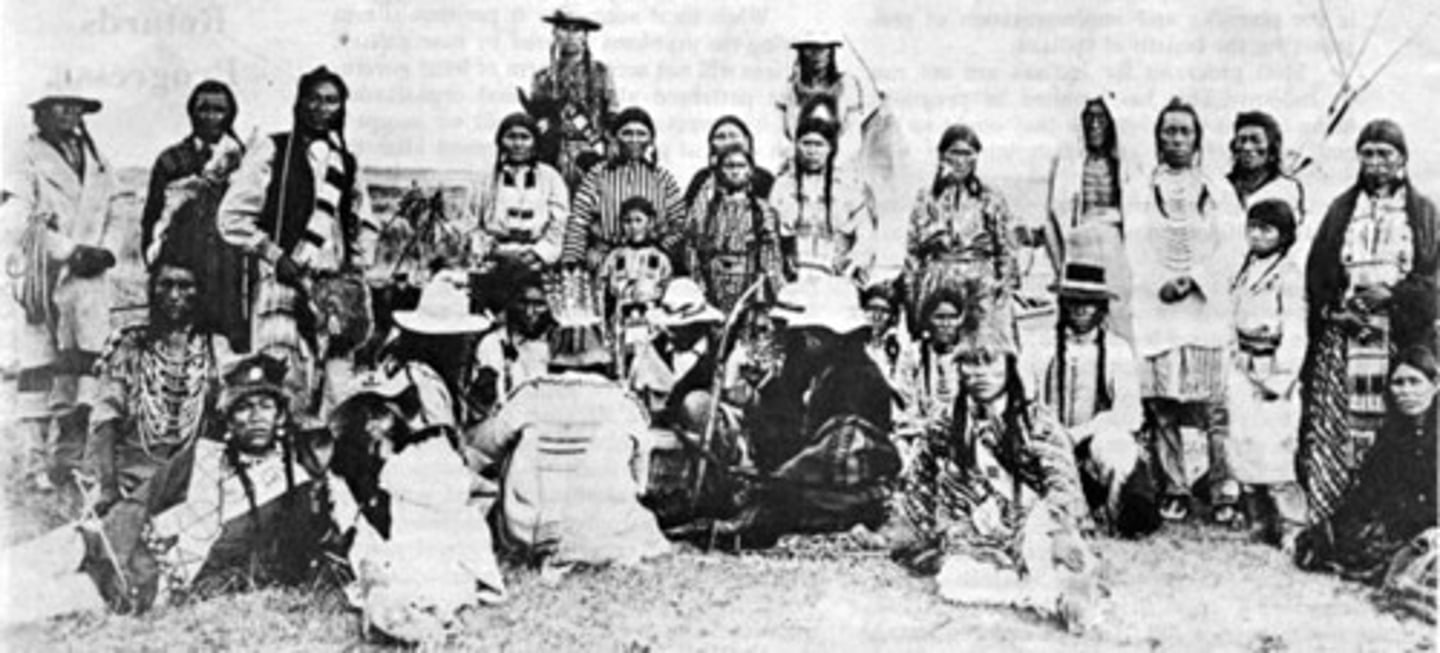
American Indian Movement (AIM)
Led by Dennis Banks and Russell Means; purpose was to obtain equal rights for Native Americans; protested at the site of the Wounded Knee massacre.
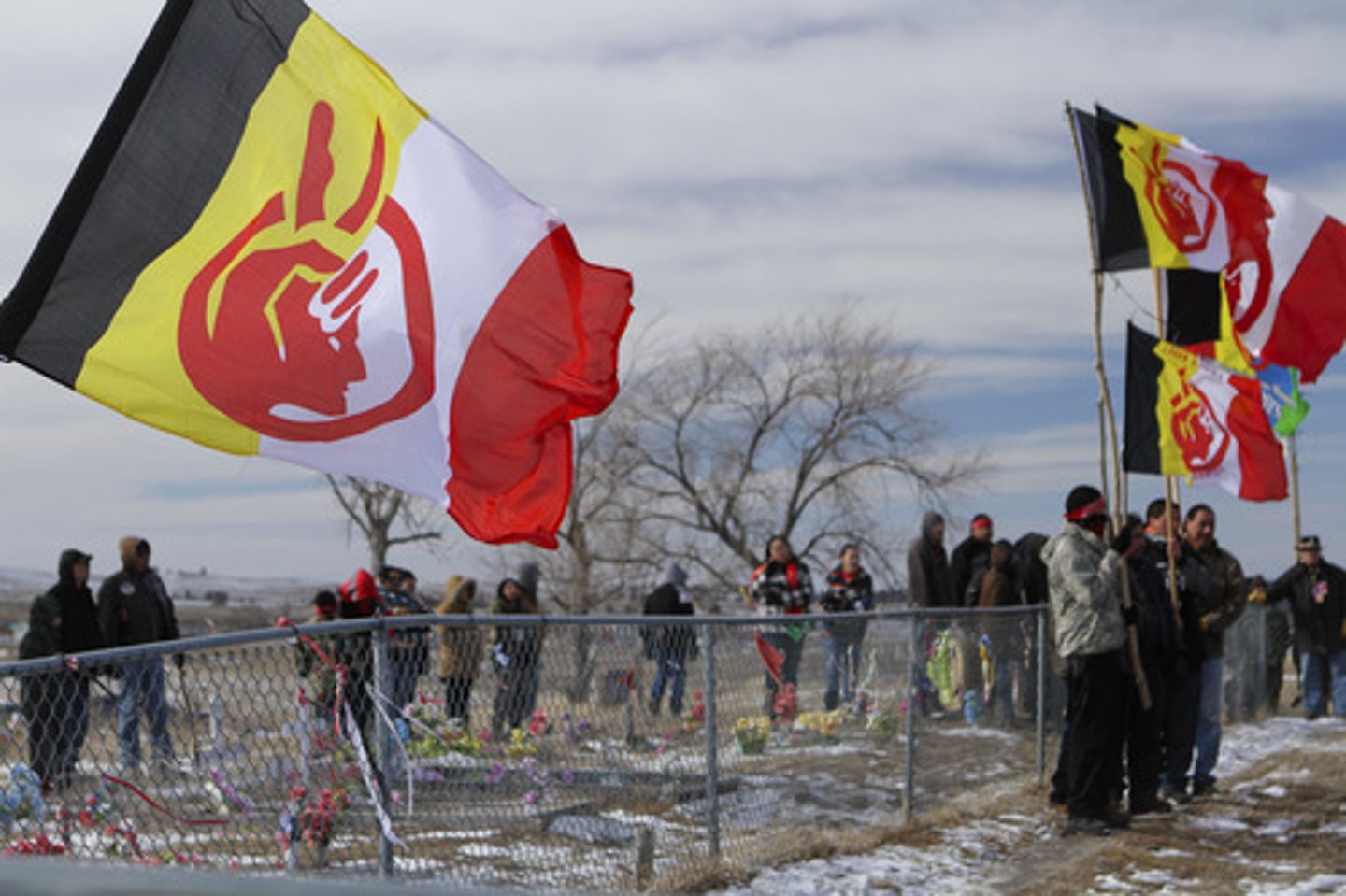
Occupation of Alcatraz Island
Alcatraz Island was a significant site for indigenous people prior to European arrival.
1859: Military fort. As a prison: 1910-1963, 1969-1971: Native American occupation of Alcatraz, Demanded that the former prison become a Native American cultural center and university. Demanded that the U.S. observe 19th century treaty rights.
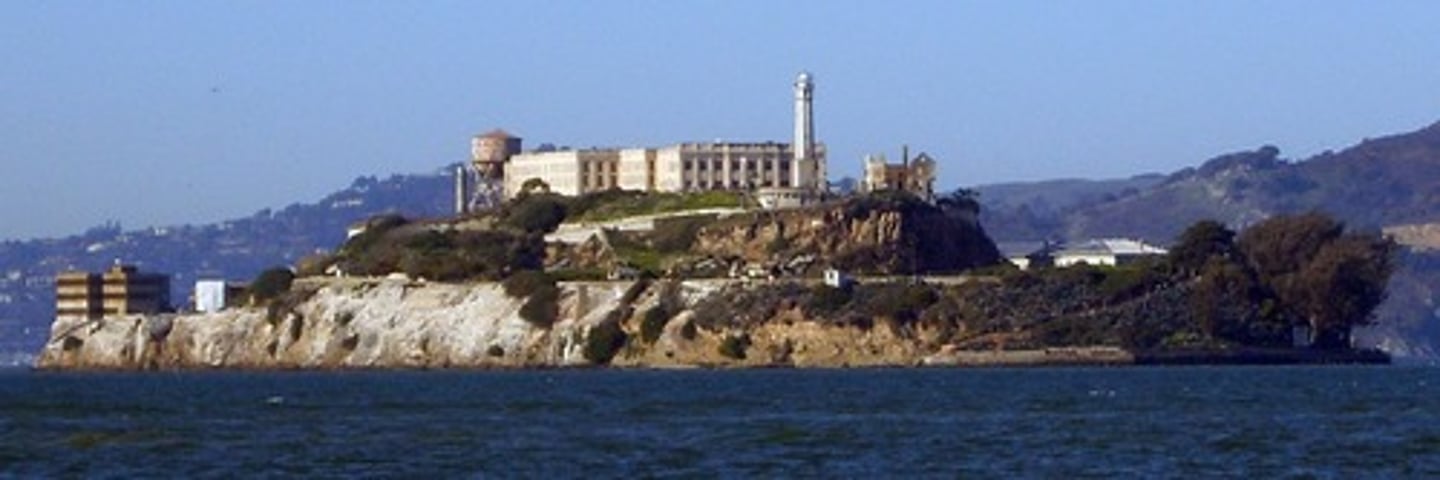
Wounded Knee
In 1890, after killing Sitting Bull, the U.S. 7th Cavalry rounded-up Sioux at this place in South Dakota and 300 Natives were murdered.
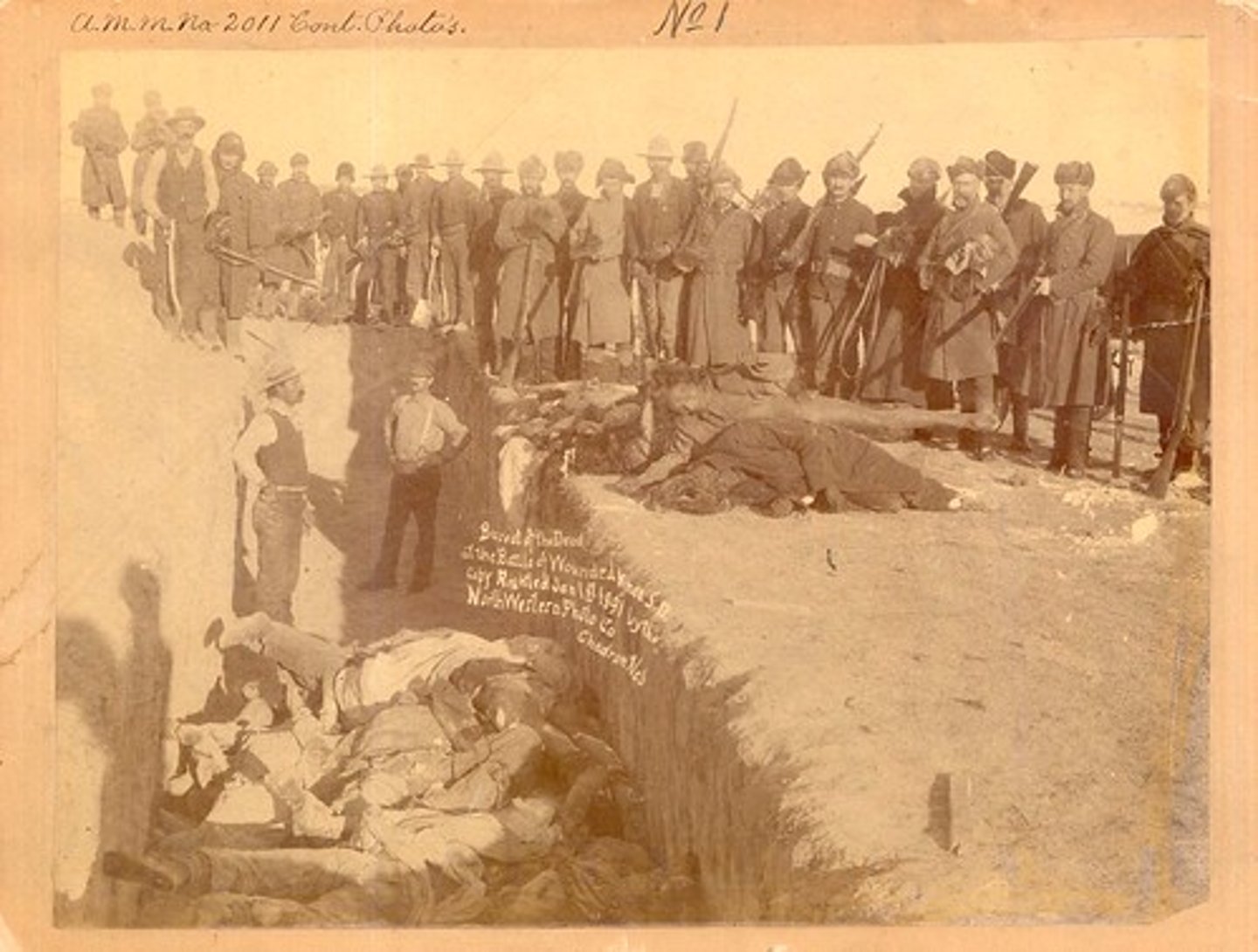
Social Justice
The defense of human dignity by ensuring that essential human needs are met and that essential human rights are protected for all people.
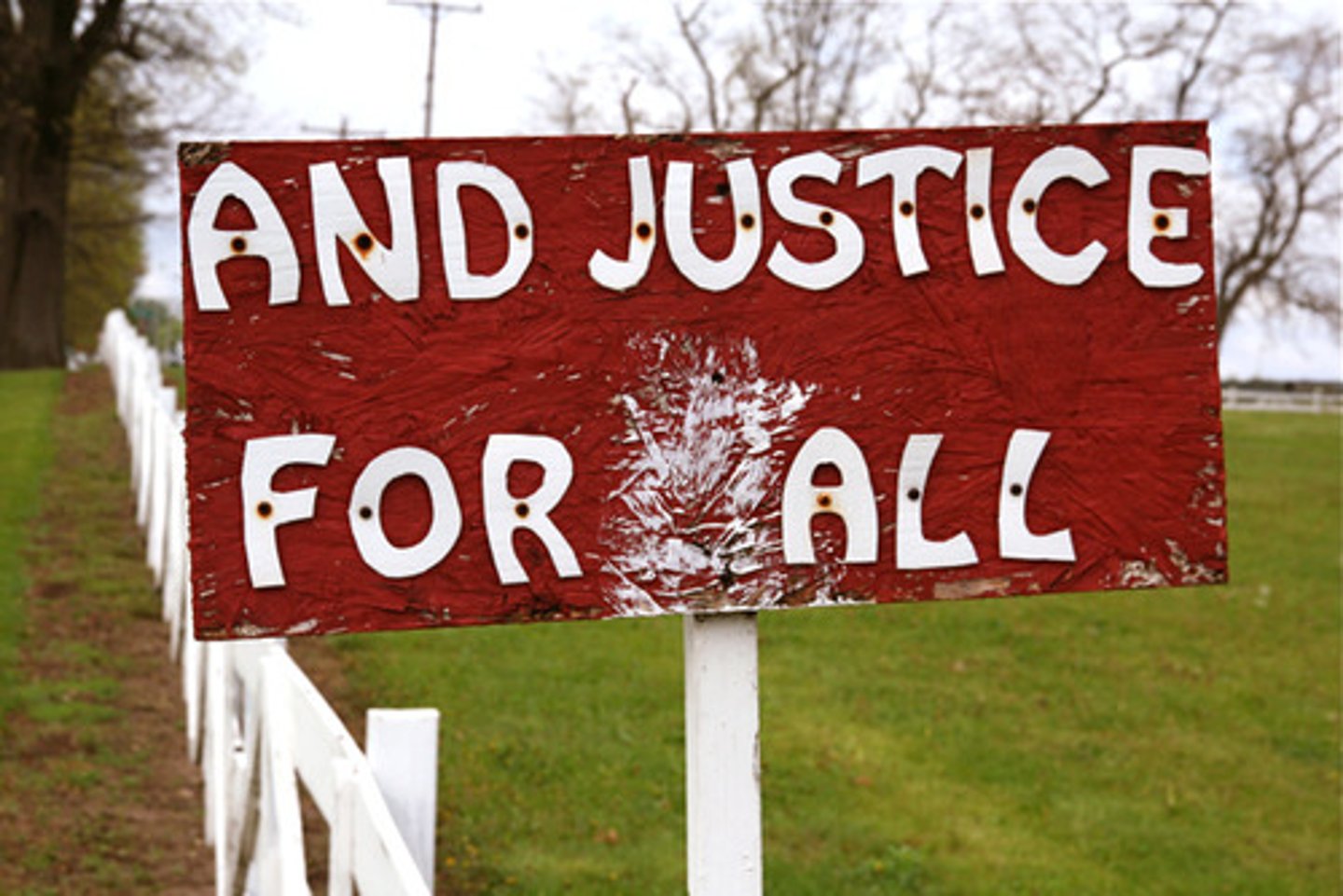
Cesar Chavez
1927-1993. Farm worker, labor leader, and civil-rights activist who helped form the National Farm Workers Association, later the United Farm Workers.
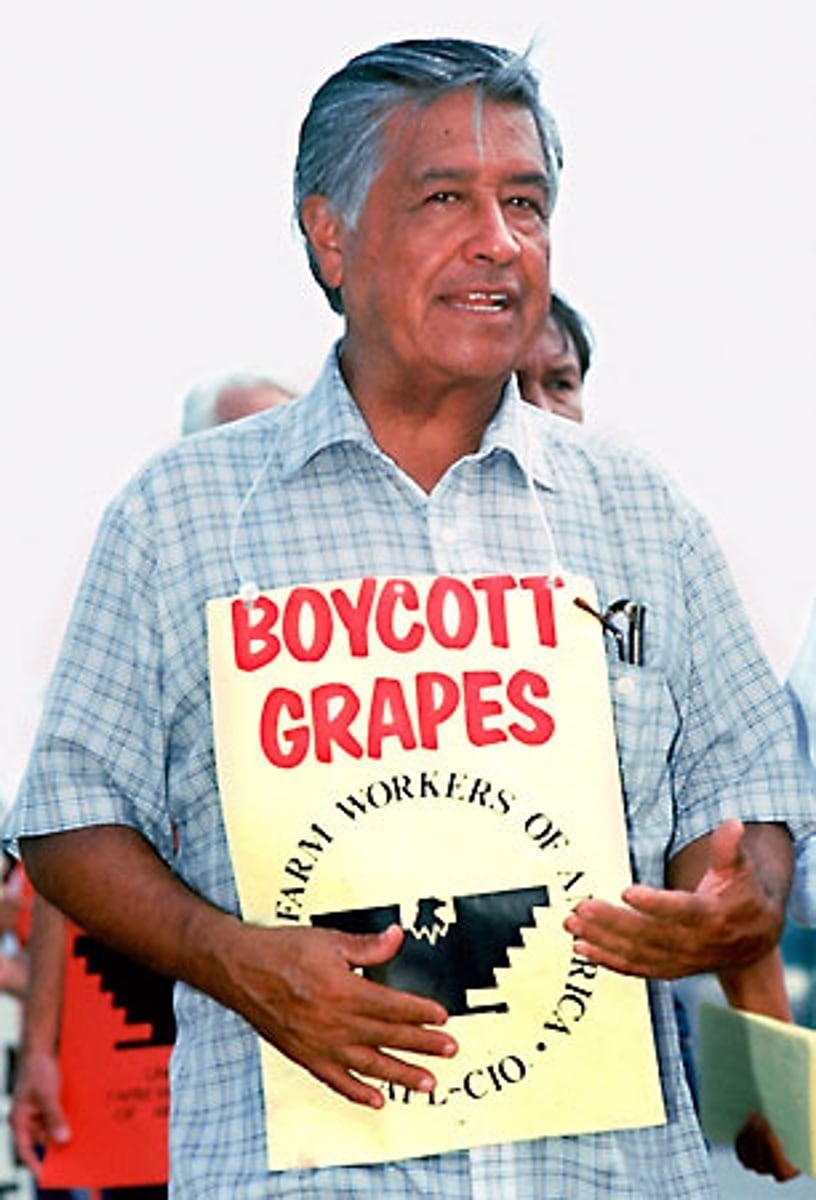
Dolores Huerta (1930-)
Led strikes and boycotts affecting grape growers in California. Fought for Mexican Am/Farm (migrant) workers.
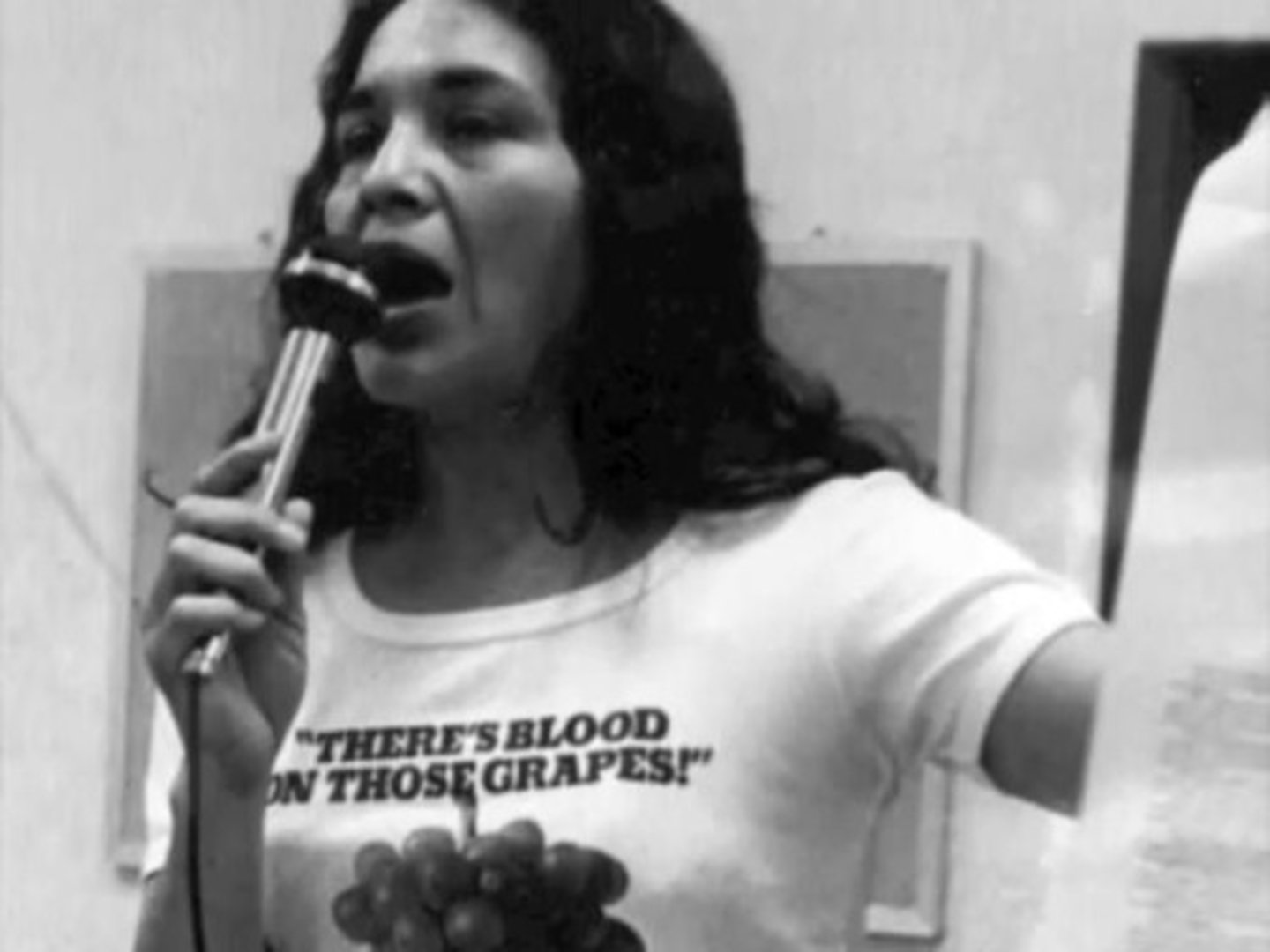
Chicano Movement
Movement that focused on raising Mexican American consciousness
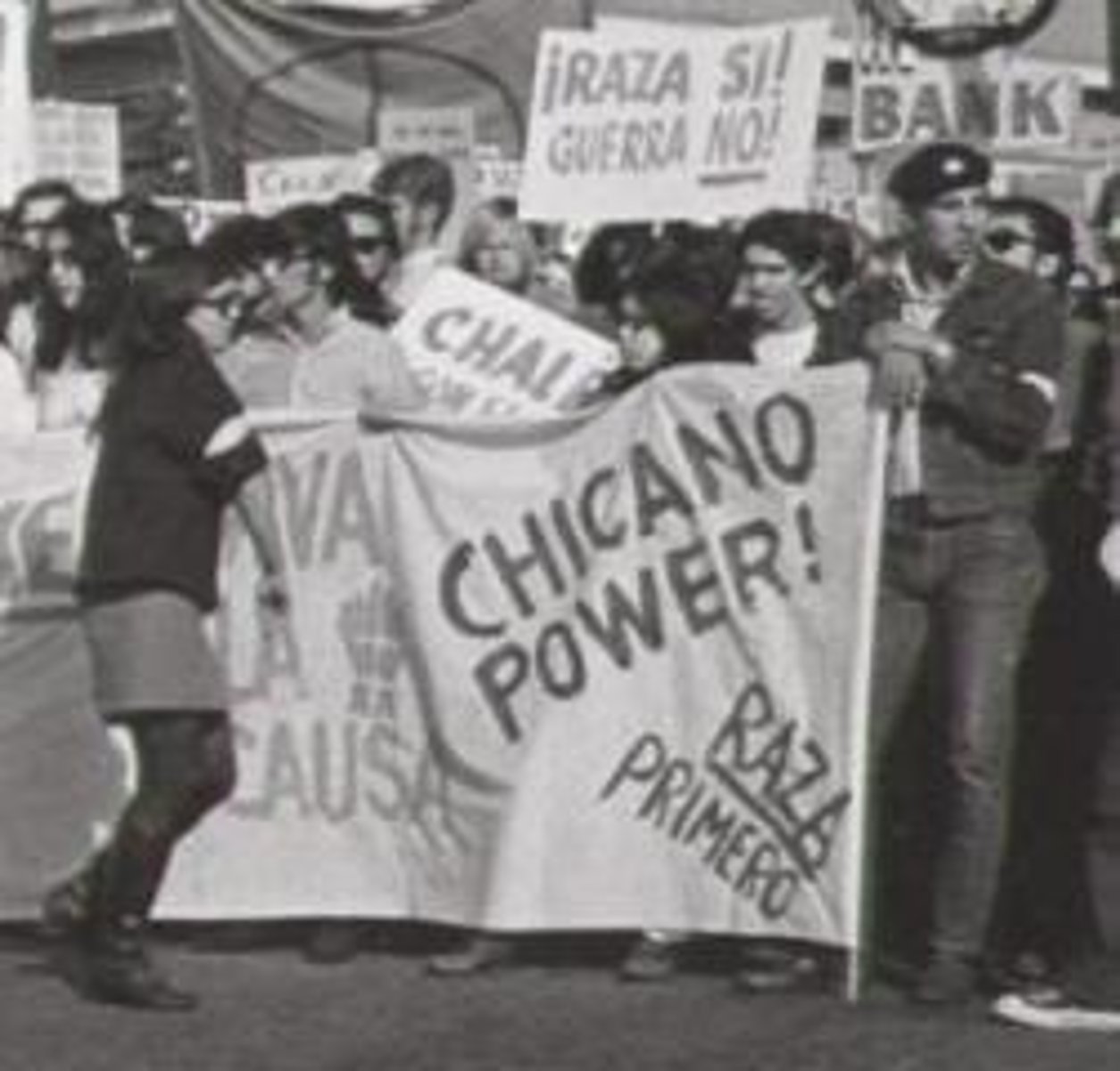
Grape Boycott 1965
The 1965-1970 Delano Grape Strike and Boycott. Posted on March 7, 2017 by Inga Kim. On September 8, 1965, Filipino American grape workers, members of the Agricultural Workers Organizing Committee, walked out on strike against Delano-area table and wine grape growers protesting years of poor pay and conditions.
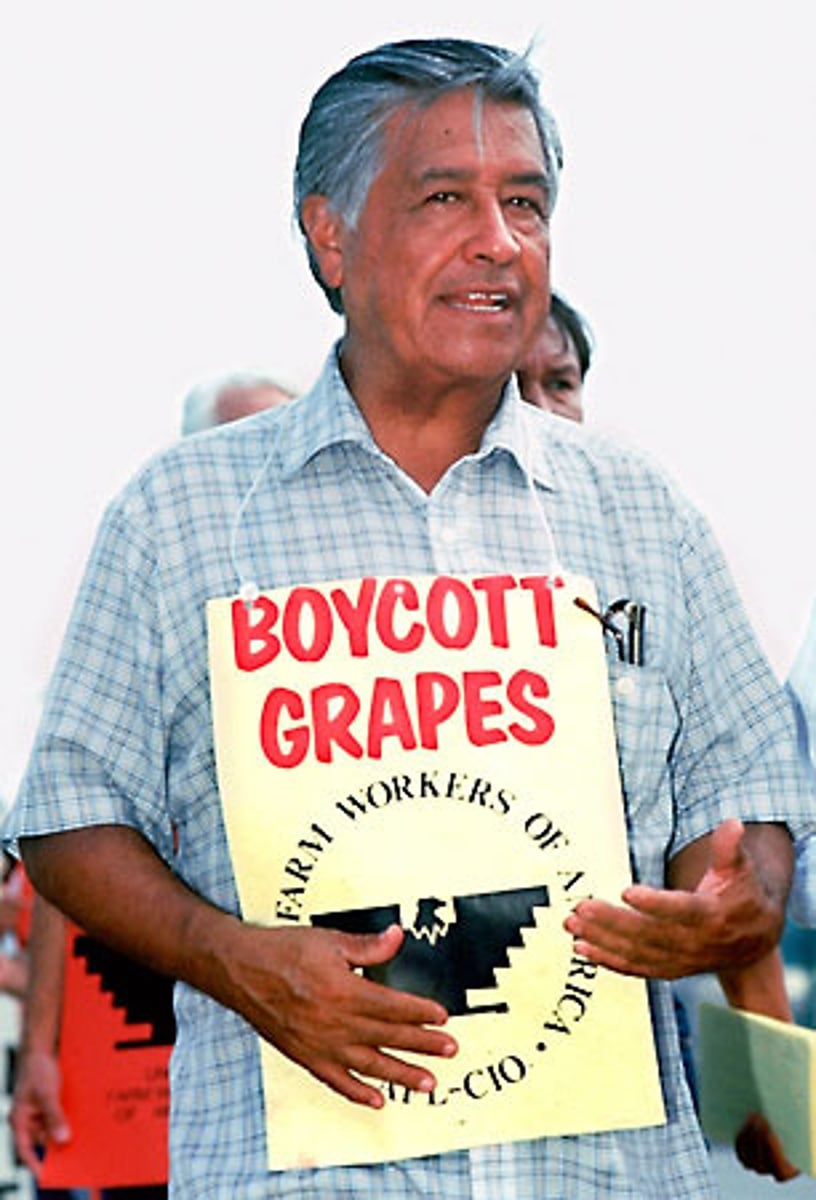
Mexican American Youth Organization (MAYO)
Mexican American activist group formed in 1967 by college students in San Antonio, Texas.
La Raza Unida Party (RUP)
Mexican American political party formed by José Angel Gutiérrez in the late 1960s.
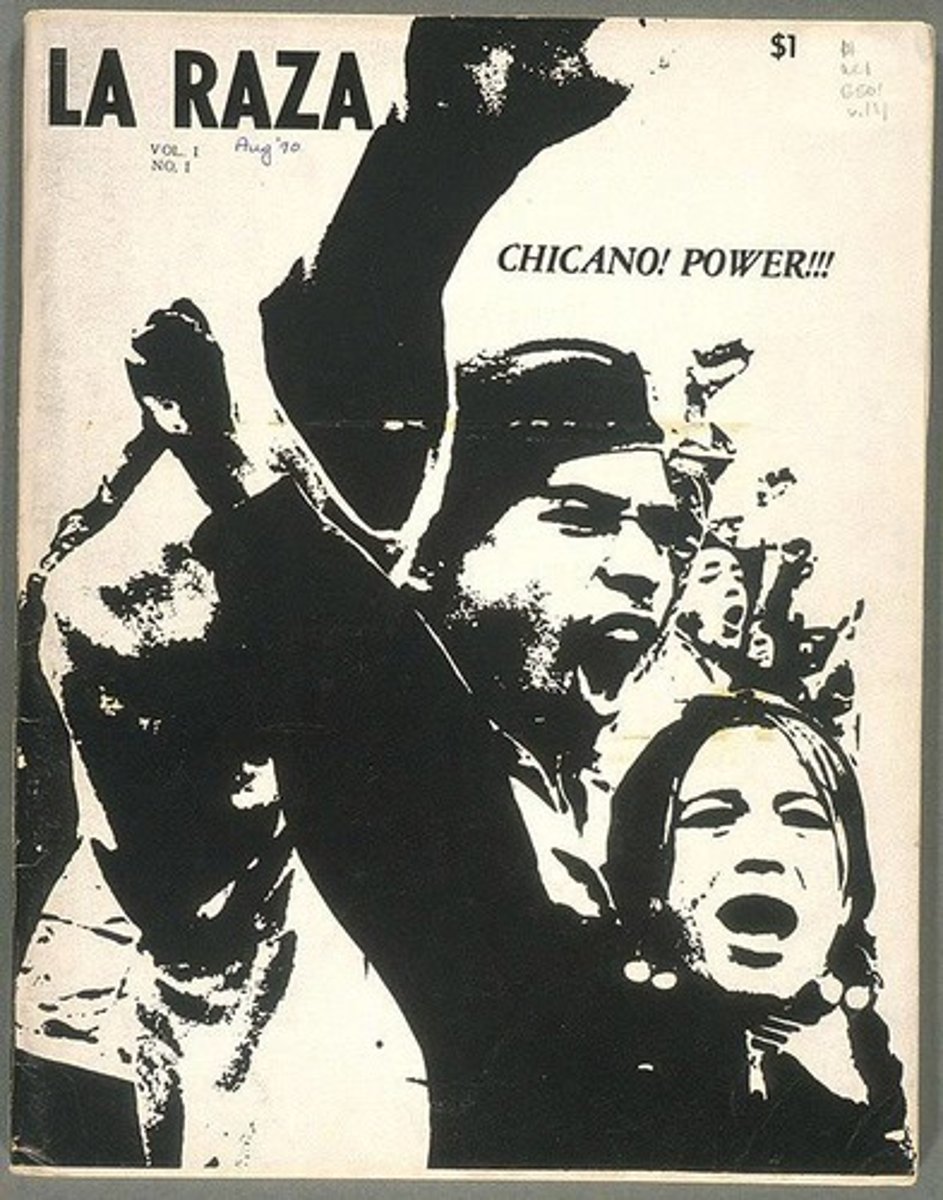
Brown Berets
Founded in Los Angeles in the late 1960s, the Brown Berets were an influential community-based social justice organization that played a leading role in the Chicano Civil Rights Movement of the 1960s and 1970s.
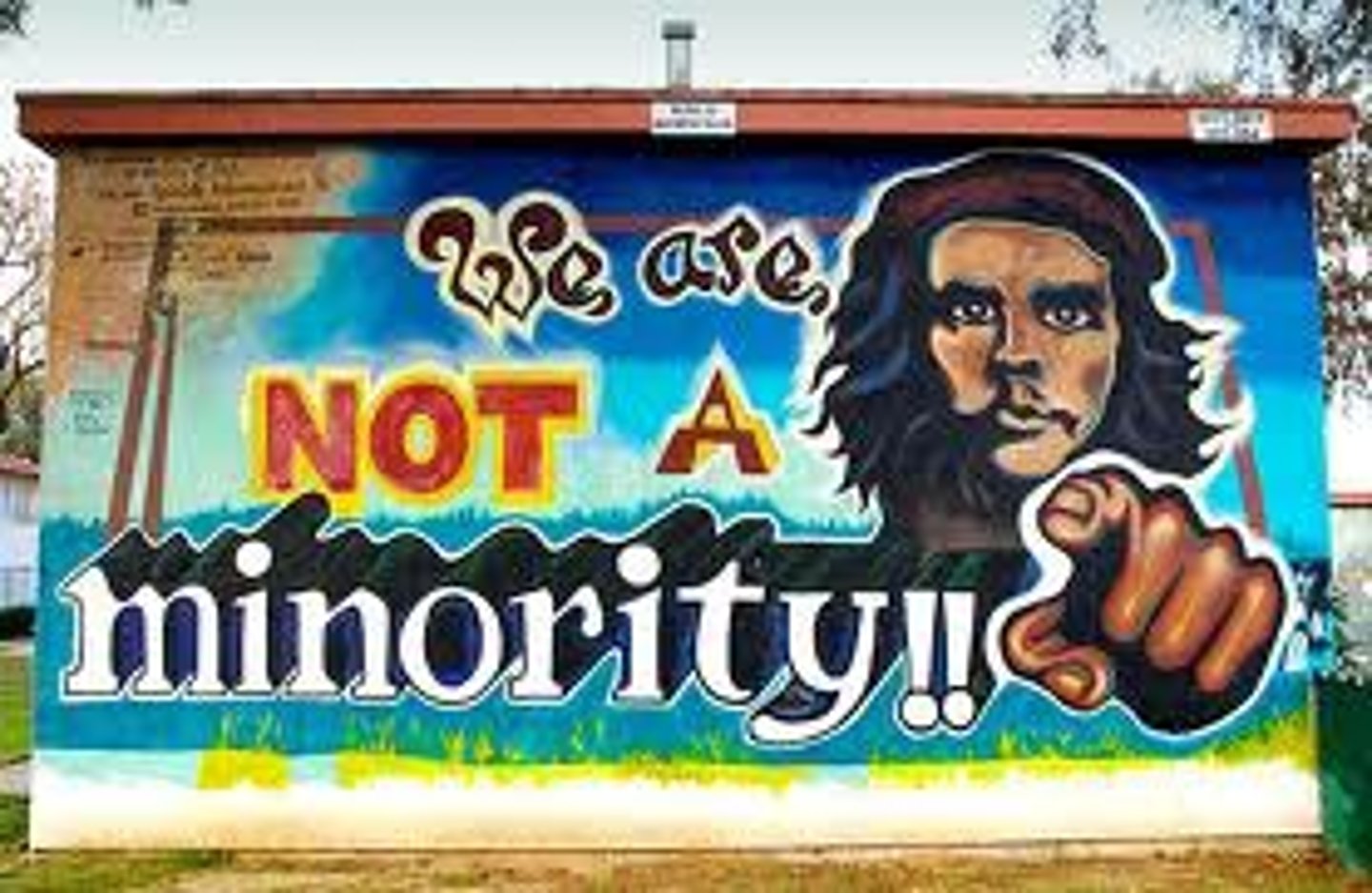
Harvey Milk (1977)
Harvey Bernard Milk (May 22, 1930 – November 27, 1978) was an American politician and the first openly gay elected official in the history of California, where he was elected to the San Francisco Board of Supervisors.
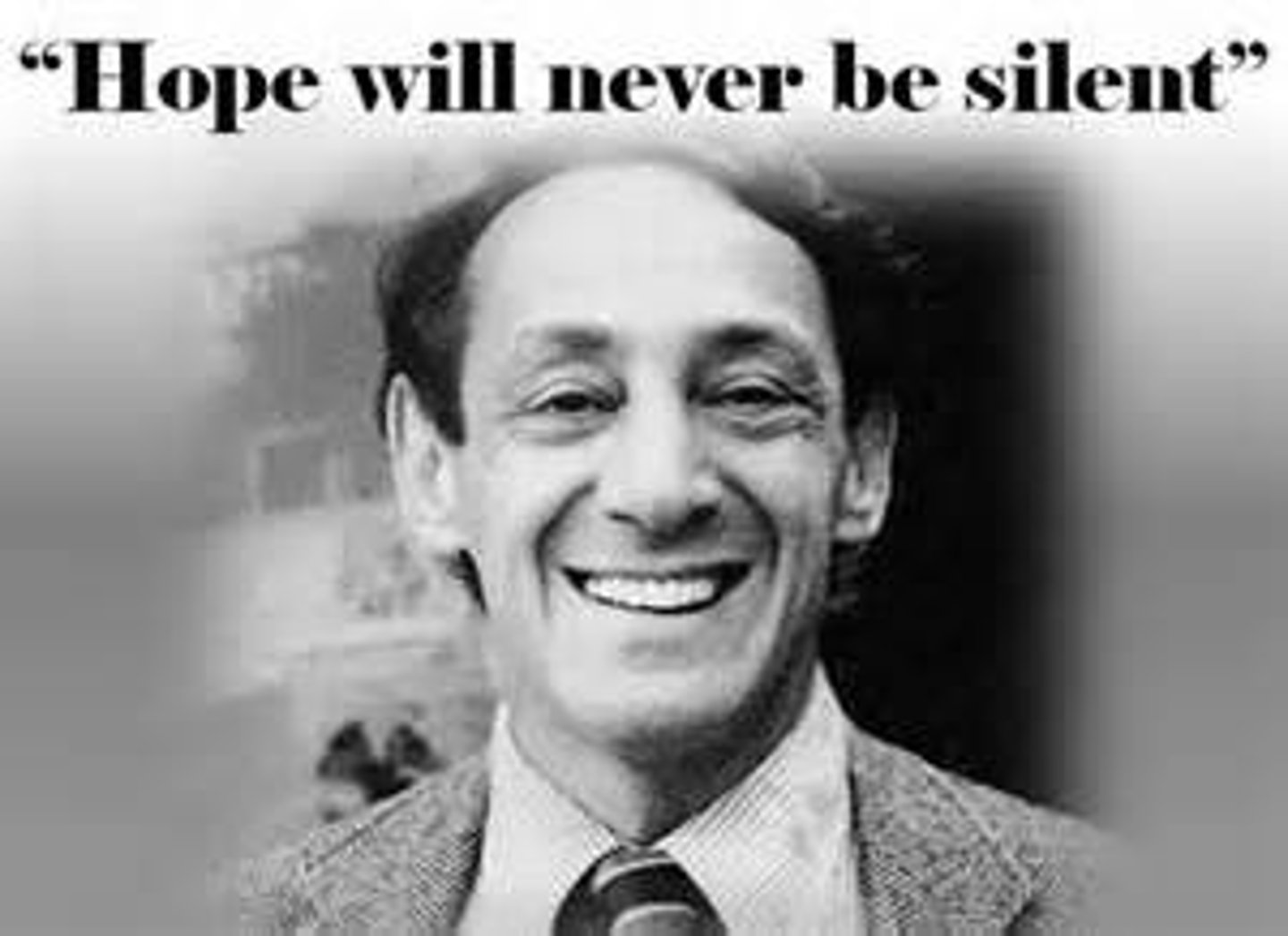
Stonewall Riots (1969)
Violent clashes between police and gay patrons of New York City's Stonewall Inn, seen as the starting point of the modern gay rights movement.
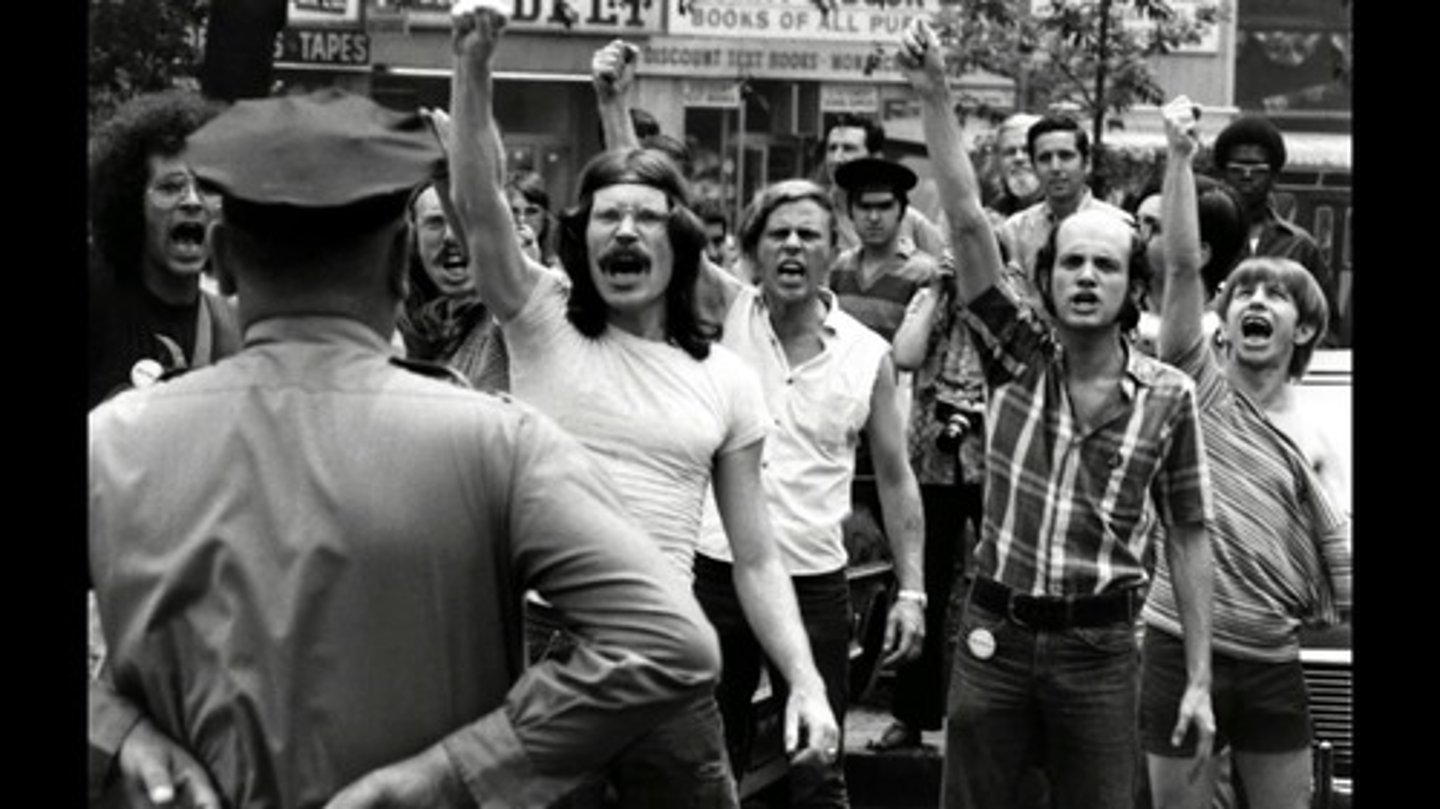
LGBTQ
individuals whose sexual orientation is lesbian, gay, bisexual, or trans gendered, or who are currently questioning their sexual orientation
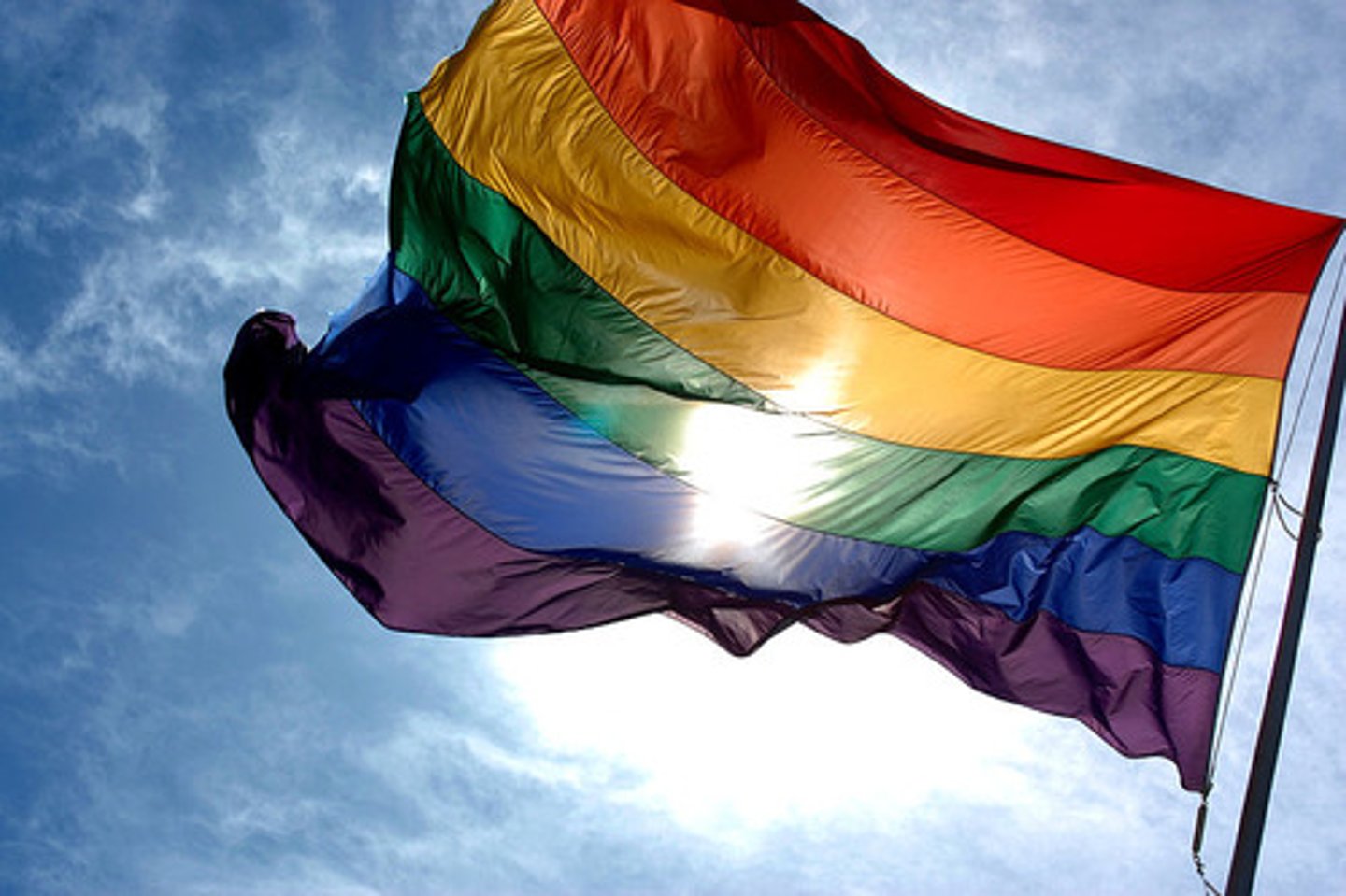
Free Speech Movement, Berkeley
In 1964, a group of the disgruntled youth of the 1960s gathered at UC Berkeley for one of the first organized protests against established authority. Skepticism against authority arose from racism, poverty, and the Vietnam War.
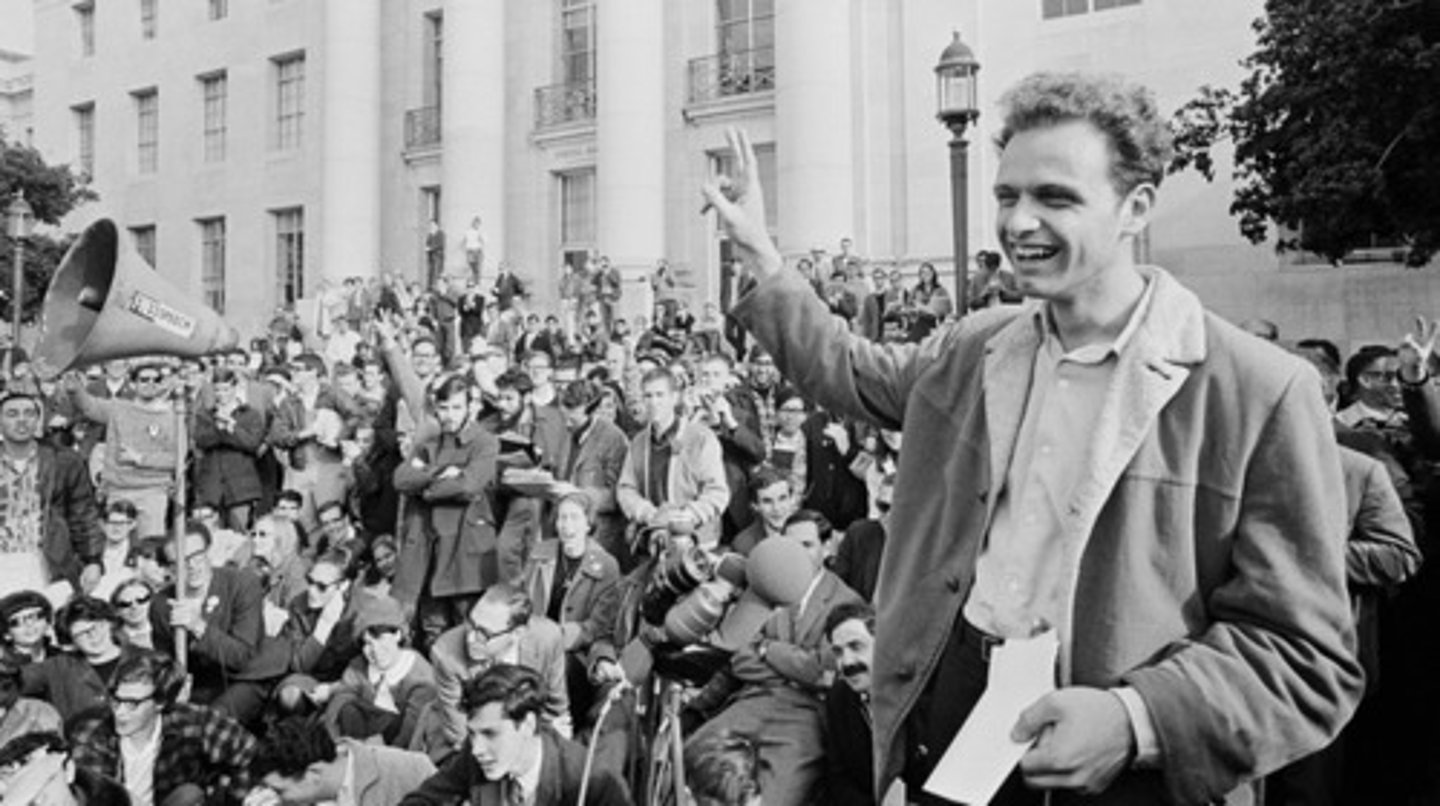
Mario Savio
Free speech activist in Berkeley and other places during 1960's. Berkeley Free Speech Movement activist and raised awareness for free speech, the just simply the right to protest simply everything in society
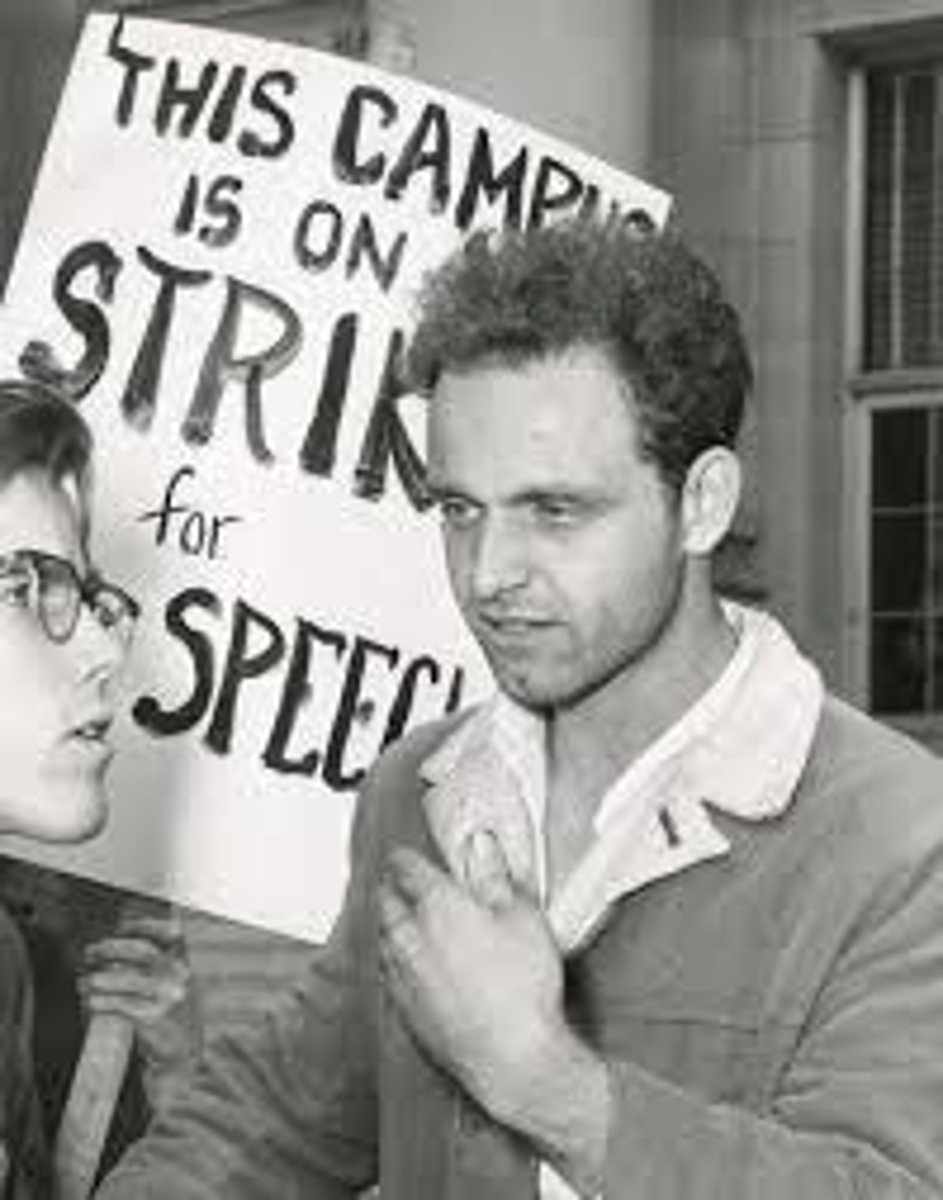
Summer of Love (1967)
social phenomenon that occurred during the summer of 1967, when as many as 100,000 people converged on the Haight-Ashbury neighborhood of San Francisco, initiating a major cultural and political shift
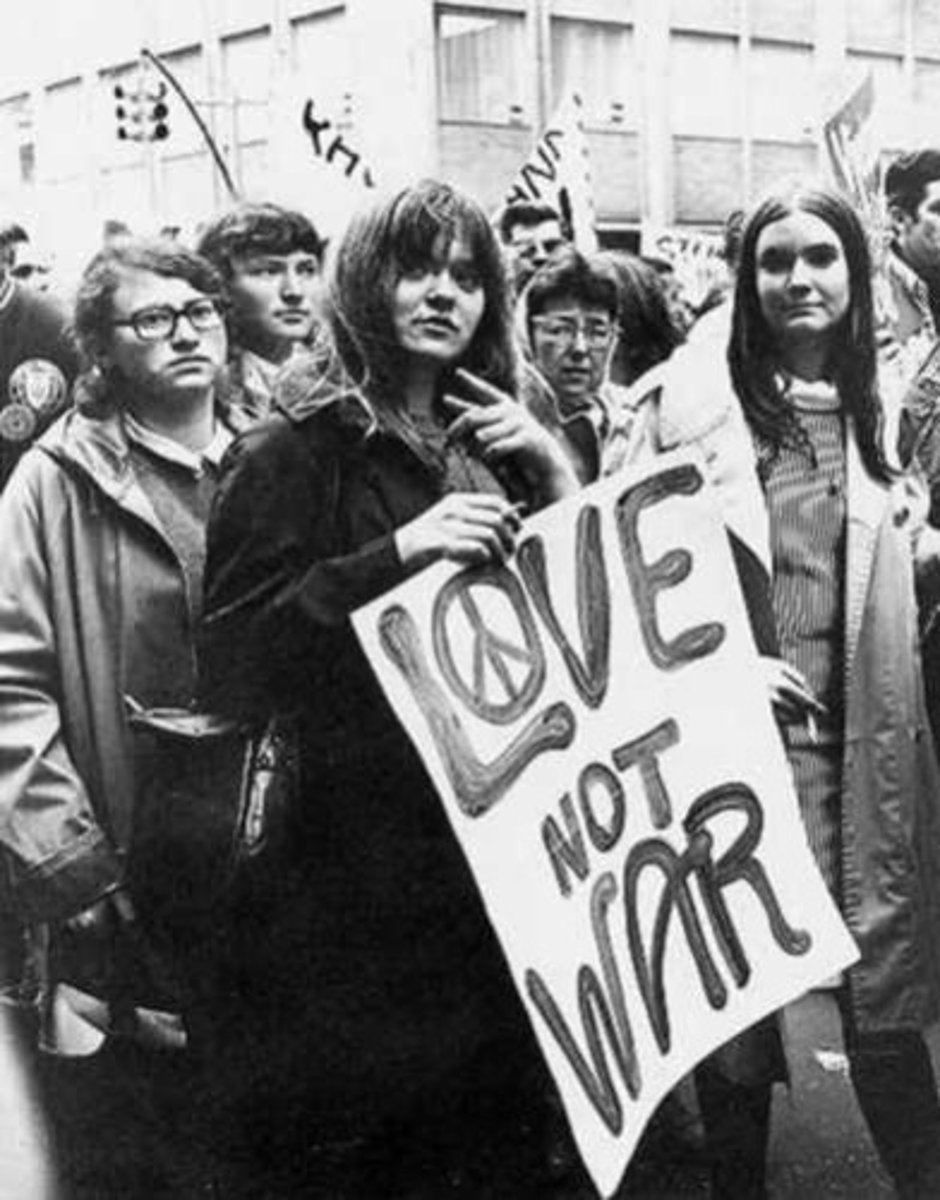
Woodstock Festival
1969 music festival in upstate New York
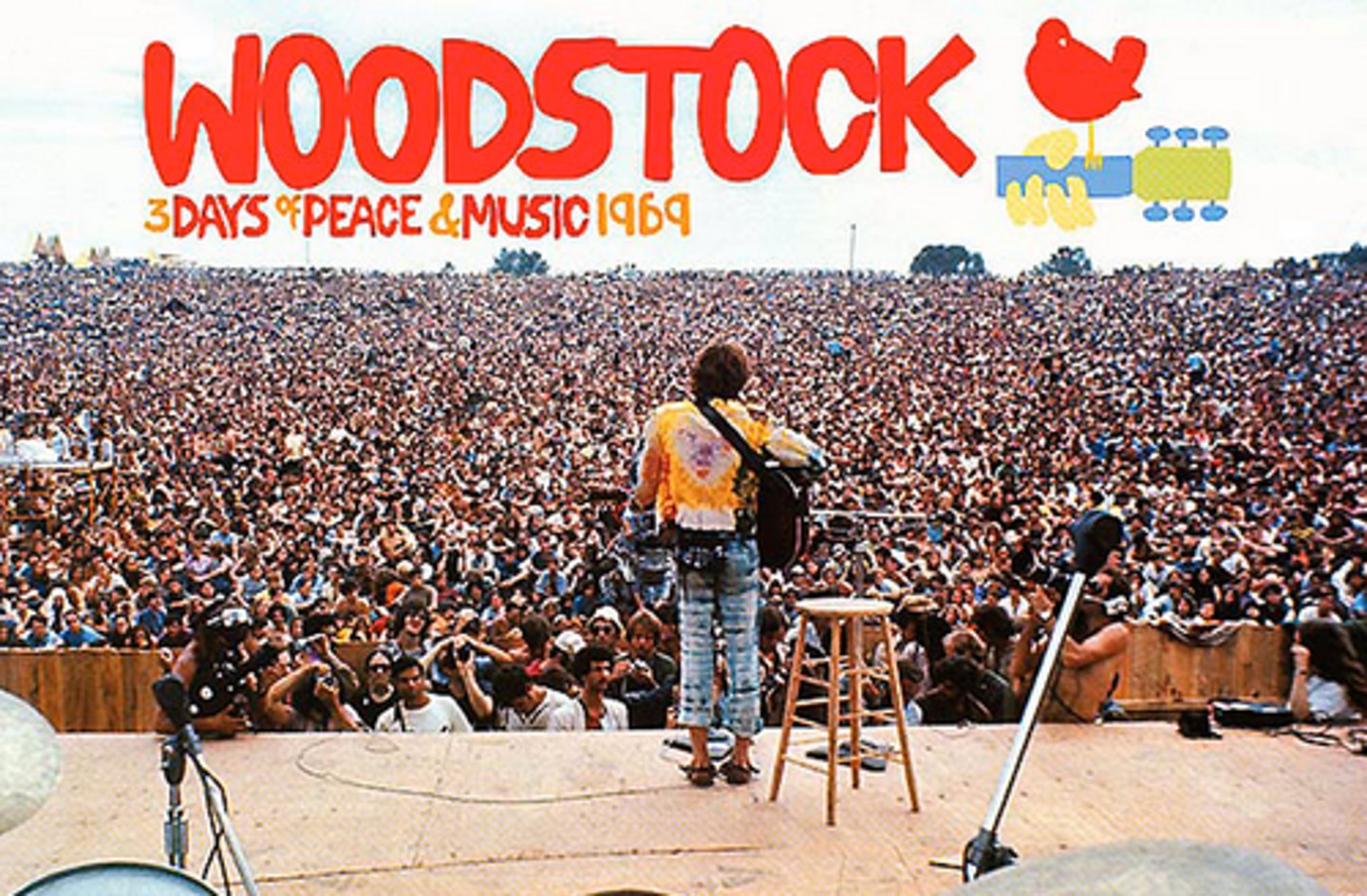
Hippie Culture
Rock 'n' roll music, outrageous and colorful clothing, sexual experimentation and license, illegal drug use (particularly marijuana and a new hallucinogenic drug called LSD), Eastern religions like Zen Buddhism, tie-dye, long hair, communes living.
